- ~ Home
- ~ Camino Portugués (The Portuguese Way)
- Camino Portugués: Central vs Coastal vs Senda Litoral
Jump to Camino Portugués Stages
Camino Portugués Routes Compared: Central, Coastal & Senda Litoral
Disclosure: the PilgrimageTraveler.com is an associate of Booking.com, Roamless, and Amazon. As associates of these merchants, we earn from qualifying purchases from our links.
Last updated:
Walking the Camino Portugués starting in Porto? One of the first choices you face is which route to take. This comprehensive guide offers an in-depth comparison of the Camino Portugués: Central vs Coastal vs Senda Litoral.
Even if you have started in Lisbon, along the Central Route, (where the Camino Portugués officially begins), you will need to decide what route to walk onward from Porto.
This decision may be the most exciting, yet the most challenging part of planning your pilgrimage to Santiago de Compostela. This guide will help you choose confidently!
"Once you make a decision, the universe conspires to make it happen." ~ Ralph Waldo Emerson, American Philosopher, Essayist and Poet
While the Central Way offers a more traditional journey through historic cities, rich with pilgrimage culture, it also walks through rolling vineyards. The Coastal Route (and its Senda Litoral variants) is also soul-stirring with expansive ocean vistas and refreshing sea breezes. (Full disclosure ~ as a lover of the sea, this holds a special place in my heart! 😉)
We will take an in-depth look at the Camino Portugués routes, comparing the Central vs Coastal vs Senda Litoral. We will look at each route's unique terrain, cultural highlights, difficulty levels, and overall atmosphere. It's up to you to decide what aligns most perfectly with your own heart's desires and preferences.
🧭 Quick Summary: Which Camino Route Should You Choose?
- Central Route ~ Classic pilgrimage feel, most historic towns, best for camaraderie & tradition.
- Coastal Route ~ Sea views + cultural towns, more hills than you expect, growing in popularity.
- Senda Litoral ~ Flattest route, closest to the sea, ideal for beginners or beach lovers.
- Mix & Match ~ You can switch routes! Customize based on your priorities.
👇 Scroll down for route length comparisons, terrain breakdown, culture, difficulty, crowds & more!
🙋♀️ Why Trust Us at the Pilgrimage Traveler?
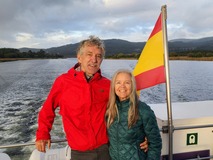
We’re not a travel agency ~ we’re fellow pilgrims! (See About Us)
We've trekked Pilgrimage Routes Across Europe since 2014!
💬 We’ve:
- Gotten lost so you don’t have to. 😉
- Followed waymarks in the glowing sunlight, the pouring rain and by moonlight. ☀️🌧️🌙
- Slept in albergues, hostels & casa rurals. Ate and drank in cafés along the way. 🛌 😴
- Created comprehensive and downloadable GPS maps and eBook Guides, full of must-have information based on real pilgrimage travels. 🧭 🗺️
- Shared our complete journeys, step by step to help YOU plan your ultimate pilgrimage and walk with your own Heart and Soul. 💙✨
Every detail is from our own experiences. Just fellow pilgrims sharing the Way. We have added a touch of spirituality, heartfelt insights and practical guidance from the road ~ offering a genuine connection to the spirit of pilgrimage. Tap into the wisdom of seasoned pilgrims!
Ultreia and Safe Pilgrimage Travels, Caminante! 💫 💚 🤍
What are the Main Camino Portugués Routes?
For a better understanding of your choices, I have briefly defined the three main routes of the Camino Portugués beginning in Porto:
- Central Route: This is the most traditional and historically significant path, offering a journey through Portugal and Spain's fascinating cities (Porto, Barcelos, Ponte de Lima, Valença, Tui, O Porriño, Padrón, Redondela, and Pontevedra) as well as in-between quiet rural landscapes. If you like the history of cities, churches and museums, this may be your route.
- Coastal Route: As its name suggests, this path generally follows the Atlantic coastline, providing pilgrims with stunning sea views and a coastal vibe, often veering slightly inland with surprising elevation changes. It has more hills than you might expect! There are cities here too, but less bustling. There is also an unmistakable beach holiday atmosphere along this choice, mostly during prime summer months.
- Senda Litoral: Considered a highly popular variant of the Coastal Route, the Senda Litoral follows close to the ocean whenever possible, often hugging the shore along wooden boardwalks. The name "Litoral" in Spanish and Portuguese or "Littoral" in English, means along the shore! Also look for the word "marginal" on the map, and in road names. This word denotes a seaside road. These are often unpaved roads that closely follow the coastline.
If you are a visual person, like me, it may be useful now to jump to my 🌍 Camino Portugués interactive maps to get a helpful visual overview of your three choices. Then, return here!
And for a detailed account of each and every stage of all three routes, be sure to jump to our Camino Portugués Stages.
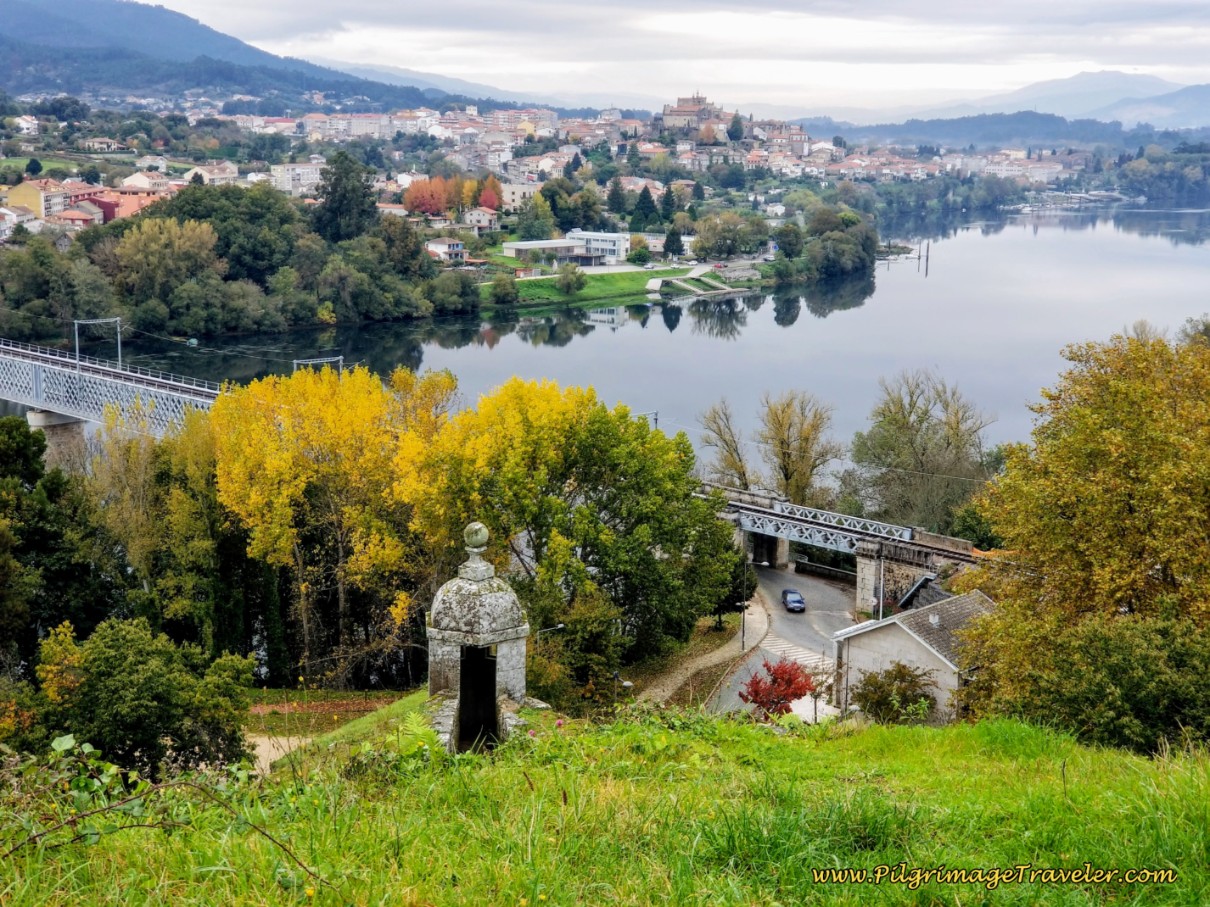 Tui and the Cathedral, From the Battlements of Valença, Along the Camino Portugués Central Route
Tui and the Cathedral, From the Battlements of Valença, Along the Camino Portugués Central RouteHow Long are the Central, Coastal, and Senda Litoral Routes? How Many Days Will Each Take?
My mileage figures may differ from other websites, so please understand that they are an approximation, as no two individual's steps will be exactly the same. However, I've made every effort to have them be as accurate as possible.
The number of days needed to walk these different routes will also depend on how many kilometers you are able and/or willing to complete in a day. Fortunately, there are many pilgrim's services on all these routes, so by doing the simple math, based on your own personal distance goals/day, you can calculate the approximate number of days you should take to walk.
- Central Route: From Porto: Approximately 242 km (150 miles), typically taking 10-14 days. From Lisbon: Approximately 617 km (384 miles), requiring 25-30 days.
- Coastal Route: Approximately 274 km (170 miles), typically taking 10-14 days. Note: The Coastal Route begins in Porto, and officially joins the Central Route at Redondela, about 88 km before Santiago. The total number of days includes the stages from Redondela to Santiago along the Central route.
- Senda Litoral: This variant adds a few kilometers to the total distance compared to the Coastal Route. It also begins in Porto, generally around 280 km (174 miles), taking 10-14 days. Remember that the Senda Litoral offers only occasional variants from the Coastal Route. On at least 3-4 stages there is no choice, but to walk the standard Coastal Route.
Jump to Camino Portugués Stages
👣 Camino Portugués eBook Guides
Enjoy all the valuable info from our web pages ~ offline, ad-free, and beautifully formatted, including our photos. Why carry a heavy guidebook when you can use a nimble digital version on your device?
Our guides are frequently updated and uniquely entertaining, as we share our own Camino story along the way.
📲 Instant download. 💸 Money-back guarantee. 🔄 Free updates for 1 year.
Buy only what you need ~ or grab all four for the price of three (25% savings). Click here for more information or BUY NOW at only 17.85!
How Difficult is Each Camino Portugués Route? What are the Elevation Changes?
An important factor to consider is what each route will require in physical demands, helping you understand how to prepare.
For a interesting comparison, I have included total elevation changes for each of the routes, where they diverge.
What comes as a big surprise is that the elevation changes total more for the Coastal Route vs the Central Route! I always thought the Coastal Route wasn't easy! My cumulative elevation figures dispel the myth that the Coastal Route is easier than the Central Route!
This is because on most days on the Coastal, it climbs up a certain elevation from sea level, then proceeds to drop back down to sea level. In this way it is similar to the Camino Inglés.
However, the Central Route feels harder because when there are climbs they are longer, and/or more sustained.
- Central Route: Generally considered moderate difficulty. While not mountainous, it features rolling hills and some significant ascents and descents that require good physical conditioning. The terrain is more varied yet can still be challenging. The Central features shorter stages, making it the least difficult in terms of distance. Pilgrim amenities are not as far apart. Total Elevation Gain: 3414 meters (11,200 feet) and Total Elevation Loss: 3457 meters (11,342 feet).
- Coastal Route: Generally considered easy to moderate difficulty. There are hills and climbs, even along the coast, but more climbing is required when it leaves the coastline. There are long stretches of paved road walking, often accompanied by climbs. This may cause fatigue for some pilgrims, especially in the feet and legs. Summer sun and heat exposure can be a factor, increasing the difficulty. Services specifically for pilgrims are farther apart. Total Elevation Gain: 3604 meters (11,824 feet) and Total Elevation Loss: 3662 meters (12,014 feet).
- Senda Litoral: Considered the easiest in terms of elevation, as it is almost entirely flat! This variant is often the ideal choice for beginners. Please remember that flatness does not apply to the unavoidable Coastal Route portions of this walk! I found walking on the boardwalks to be more forgiving and easier on the feet and legs than stretches along paved surfaces. Exposure to sun and wind is a constant. If the weather is inclement, you may wish to choose the Coastal Route that day! Senda Litoral variants often lengthen the walk, adding to the overall challenge. Often the Senda Litoral variants begin and end in the same towns as the Coastal Route, so the services are the same. Total Elevation Gain: 1335 meters (4,380 feet) and Total Elevation Loss: 1334 meters (4,377 feet). These totals do not include the unavoidable days climbing on the Coastal Route.
- Redondela to Santiago: Just for your information, the final 88 kilometers that are shared with all the routes, the total elevation changes are as follows. Total Elevation Gain: 1972 meters (6503 feet) and Total Elevation Loss: 1728 meters (5669 feet).
Jump to Camino Portugués Stages
Is the Senda Litoral an Official Route and is it Waymarked?
While many argue that the Senda Litoral is not an official route, but a fantasy for those wanting to walk as close to the shore as possible, the numbers of pilgrims taking it is growing faster than the other two. The beach just calls to people, I suppose.
Both the Central Route and the Coastal Route are indeed "official" routes and both are well waymarked! No worry about getting lost on either of them.
The Senda Litoral is not recognized as an official route by the Pilgrim's Office in Santiago, but is considered a variant of the Coastal Route, and therefore qualifies for a compostela.
The Senda Litoral is rapidly being more waymarked. There are only a few sections where it is not marked. We have seen metal waymarks, yellow arrows, and even green ones with shells, like on the street sign in the photo below. The municipalities are gearing up to promote and make this route a real route for sure, even if not yet an official one!
It is said that it is not easy to get lost on the Senda Litoral. Just keep the sea on your left! Or you can use our GPS tracks! Click here to get our interactive maps of the Coastal/Senda Litoral Routes and the Central Route.
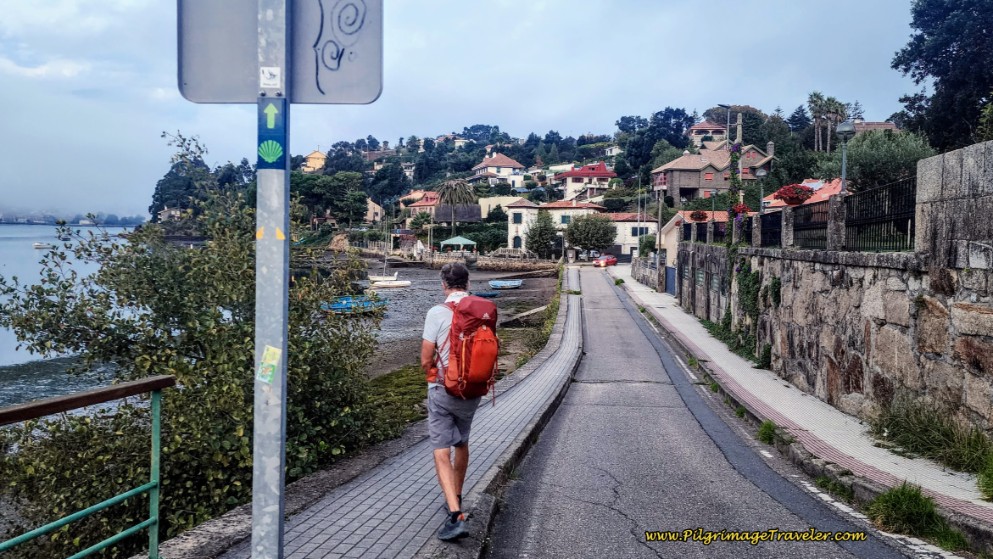 Green Waymarks Along the Senda Litoral
Green Waymarks Along the Senda LitoralWhat is the Terrain Like on the Central, Coastal, and Senda Litoral Routes?
Regarding the percentages of types of surfaces beneath your feet, this will enhance or detract from your walking experience. The figures below only include the routes from Porto to Redondela. After Redondela, the routes are shared.
Surprisingly, the Coastal route has more secondary road walking than the Central, but has almost no busy major road walking. However the two percentages combined are simlar, with the Central at 67% and the Coastal at 69%.
Also surprising, the Coastal Route has less paths (or unpaved surfaces) at 31% than the Central at 33%! Even though these numbers are also similar, they are not what one might expect.
Also of note, the six stages of the Coastal that offer the Senda Litoral variant, less than half of your time spent will be on seaside boardwalks, paths or paved promenades, at only 41.5%.
Don't be fooled into believing that there is no road walking along the Senda Litoral, with a whopping total of 58.5%! It is still less than the Central or the Coastal, however, this comes as a surprise to a lot of pilgrims.
Regardless of which route you choose on which day, a significant amount of time will be spent on paved surfaces. This was a real surprise to me when I added it all up!
- Central Route: In a nutshell ~ 33% paths with soft surfaces, 53% paved or cobblestone secondary roads and 14% primary busy roads. Expect a varied landscape. Pilgrims will encounter historical cobblestone streets in towns, which is very hard on the feet, dedicated dirt paths through forests and farmlands, and mostly stretches of quiet asphalt roads. There are rolling hills and a few notable climbs, the most significant after Ponte de Lima and the stage before Redondela.
- Coastal Route: In a nutshell ~ 31% paths, boardwalks or seaside promenades (paved), 68% paved or cobblestone secondary roads, but generally less than compared to the Central, and only 1% major roads ~ a real plus! The Coastal Route offers a mix of surfaces. You'll walk on paved roads through towns, dirt and gravel tracks through rural areas, and occasional sections of boardwalks near the sea.
- Senda Litoral: In a nutshell ~ 41.5% boardwalks or seaside paths, 41% secondary roads and 17.5% major roads. This variant is characterized by its extensive wooden boardwalks (passadiços) that run directly along the coastline, offering unparalleled sea views. When not on boardwalks, the Camino follows paved promenades or quiet roads through beach towns. Eager to actually walk on the beach? The Senda Litoral delivers just that! If you love beaches, this is the option for you!
- Redondela to Santiago: Just for your information, the final 87 kilometers that are shared with all the routes, it is 35% on paths, 57% on secondary paved/cobblestone roads and 8% major roads.
 Rich on the Praia da Arda, Camino Portugués Senda Litoral
Rich on the Praia da Arda, Camino Portugués Senda LitoralJump to Camino Portugués Stages
How Do the Camino Portugués Routes Compare in Scenery and Views?
Your Camino will be defined by the landscapes you traverse.
- Central Route: Immerse yourself in the heart of Portugal and Galicia. Expect picturesque vineyards, verdant forests, quaint villages, and historically significant cities like Porto, Barcelos, Ponte de Lima, Valença, Tui, O Porriño, Padrón, Redondela, and Pontevedra. The beauty lies in its traditional rural charm and architectural heritage.
- Coastal Route: This route delivers consistently jaw-dropping ocean vistas. The Coastal Route walks past golden beaches, dramatic cliffs, river estuaries, and charming fishing villages. While less focused on historical monuments than the Central, the natural beauty is a constant companion. Don't be fooled, there are definitely historical sites and Roman roads. This is Europe after all, and there is barely a town without something historic to see!
- Senda Litoral: The Senda Litoral is all about the sea. It maximizes coastal exposure, providing almost continuous views of the Atlantic, sandy dunes, and the rugged beauty of the Portuguese coast. It's the route for those who crave the sound and sight of the ocean.
Which Camino Portugués Route Offers the Most Cultural and Historical Immersion?
Each route offers a bit of a different cultural experience.
- Central Route: This path is steeped in the rich history of the Camino de Santiago. Pilgrims will pass through ancient towns, visit impressive cathedrals and churches, and experience the traditional pilgrim culture with deep roots. For most pilgrims, it feels like the "classic" pilgrimage journey.
- Coastal Route: While less focused on ancient pilgrimage sites, the Coastal Route provides insight into Portugal's vibrant maritime history and fishing communities. You'll experience the local culture of coastal towns, with their fresh seafood and distinct way of life. However, unbeknownst to some, there is still plenty of history! There are abundant seaside forts, historic grist mills (moinhos), Roman sea salt production pans, Roman roads, medieval fountains and bridges and a church (Igreja de Santiago de Castelo de Neiva) with an inscription to Santiago, proving that the St. James cult existed here too! (See our Day Seventeen on the Central Route.)
- Senda Litoral: The Senda Litoral offers less historical immersion, as its focus is primarily on the natural coastal environment. Cultural experiences will mainly be found when you briefly pass through or stay in the towns along the coast. The variants are mostly a modern-day beach culture experience! However, the route still ends up in the same historic towns as the Coastal Route, so there is still culture to be found.
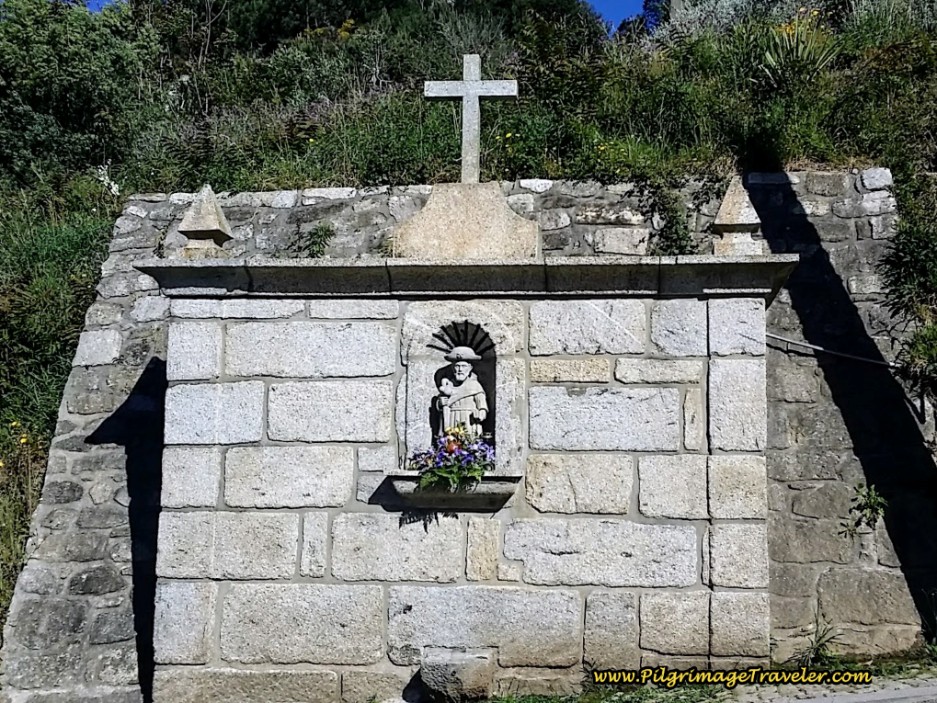 Pilgrim Shrine Igreja de Santiago de Castelo de Neiva, Along the Camino Portugués, Central Route
Pilgrim Shrine Igreja de Santiago de Castelo de Neiva, Along the Camino Portugués, Central RouteJump to Camino Portugués Stages
What are the Accommodation and Service Options on the Central vs the Coastal vs the Senda Litoral?
Access to essential services can impact your daily planning.
- Central Route: As the most popular route, the Central Way boasts the most developed infrastructure. You will find an abundance of albergues (pilgrim hostels), both municipal and private, hotels and rural homes, restaurants, cafés, and shops, making daily planning relatively easy and stages shorter.
- Coastal Route: Infrastructure is also well-developed, but generally slightly less dense than the Central Route, especially on some of the more rural or isolated coastal stretches. However, pilgrims can still find ample places to eat and sleep within reasonable distances. There are only a few less municipal albergues than on the Central!
- Senda Litoral: The services along the Senda Litoral boardwalks are fewer and far between. Pilgrims may need to be more strategic about planning their stops, sometimes diverging slightly into nearby towns for food. Walking the Senda Litoral vs the others requires a bit more self-reliance or careful planning. A full pack of water and high-energy snacks is a must! But, you will also find cafés are abundant along the popular beaches.
How Do Crowd Levels and Atmosphere Differ on the Central vs the Coastal vs the Senda Litoral?
Your preference for solitude or camaraderie might influence your choice.
- Central Route: This is the busiest of the three routes, especially during peak season (spring and fall). While it offers a strong sense of camaraderie and many opportunities to meet fellow pilgrims, it can feel crowded at times. According to the statistics from the Pilgrim's Office in Santiago de Compostela, in 2024, 19% all Camino pilgrims walked this route, second only to the French Way with with 47 percent. However, it sees 56% of the total pilgrims on the routes from Porto.
- Coastal Route: This pilgrimage (and the Senda Litoral) is the fastest growing of the Portuguese routes! The Pilgrim's Office tracks the Coastal Route (Portugués Costa) separately from the Central Route. 15% of all Camino pilgrims chose this route in 2024. The Coastal Route may be a bit less crowded, with a total of 44% compared to the Central, but I wouldn't count on that going forward. It is now the 3rd most popular route, and if you compare statistics from recent years, the gap between the Central, which is the 2nd most popular route, is closing! Remember in the summer months, it is not only pilgrims crowding the area, but beach-goers. Accommodation may be harder to find during peak summer months.
- Senda Litoral: Not necessarily the quietest of the three, especially in summer months, as holiday-makers will increase the crowds. Whenever you are near a beautiful and accessible beach, the crowds gather! Its dedicated boardwalk sections see lots of locals walking and increasing numbers of pilgrims. The Senda Litoral may provide a more solitary experience, especially if you choose to walk on the beach itself or walk in the off-season. This may change soon, as its popularity grows!
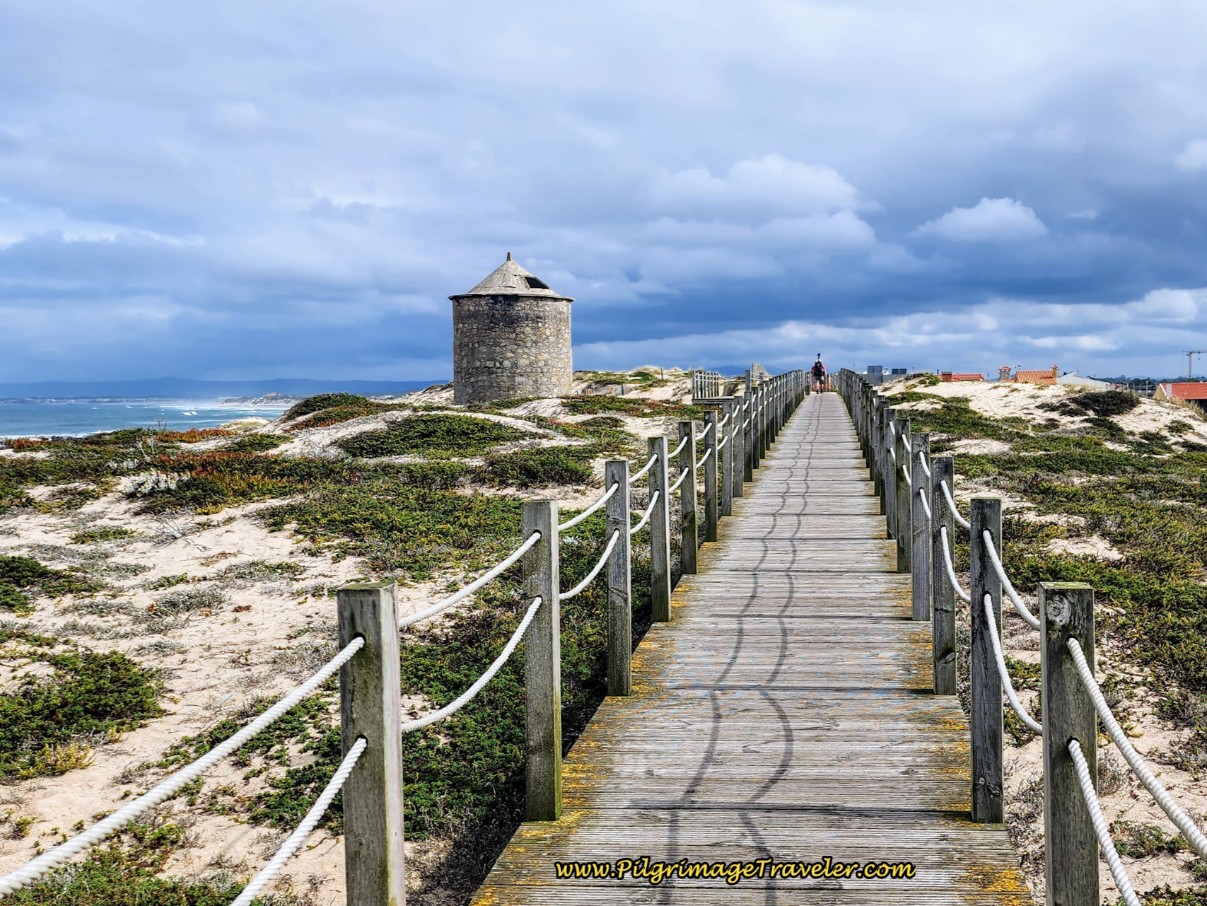 Velho Moinho de Aguaçadoura, Near Apúlia along Camino Portugués Coastal Route
Velho Moinho de Aguaçadoura, Near Apúlia along Camino Portugués Coastal RouteJump to Camino Portugués Stages
▶️ Which Camino Portugués Route Is Right for You?
As you consider the nuances of the Camino Portugués Central vs Coastal vs Senda Litoral, remember that the "best" Camino Portugués route is the one that best suits your personal pilgrimage goals and preferences.
- Choose the Central Route if: You are seeking the classic, traditional Camino experience with deep historical immersion, vibrant towns, diverse landscapes, and a strong sense of pilgrimage community. You are prepared for some moderate hills and comfortable with potentially larger crowds. You wish for shorter stages and more frequent amenities.
- Choose the Coastal Route if: You are drawn to the invigorating allure of the Atlantic, desire expansive sea views mixed with charming fishing villages, and prefer a slightly less crowded experience than the Central Way. You appreciate sufficient infrastructure but don't mind some longer stages. You are OK with summer beach crowds and either embrace it or avoid it.
- Choose the Senda Litoral if: Your absolute top priority is constant ocean views and the sound of the sea, you prefer a very flat walking experience (even if it means more boardwalks), and you are content with a more solitary journey or are prepared to seek out services in nearby towns.
What Tips Should I Consider When Choosing My Camino Portugués Route?
Jump to Camino Portugués Stages
Still Can't Decide? Why Not Crossover from the Coastal to the Central?
The mixing and matching of two Caminos is something that pilgrims do frequently. The most common approach is to walk an initial stage along the Senda Litoral from Porto, then crossover to the Central.
There are three viable options, according to fellow pilgrims, for this crossover. I have not walked any of them, but provide this information from extensive research. Please click on this link to see my interactive map of the entire Camino Portugues to see how to do these three crossover routes, shown in red.
Keep in mind that these crossover routes are not waymarked, so you will need to be proficient in reading maps or working with GPS tracks so you don't get lost.
My personal bias is to pick one route or another, and then return and do another one! I know that this is not everyone's prefence, so here you go:
- Labruge or Vila do Conde to Arco Crossover: Along the first day of the Senda Litoral, stay the first night in either Labruge, after 23 kilometers (the Albergue São Tiago de Labruge adds another kilometer and is farther inland), or in Vila do Conde after completing the full stage of 32.7 kilometers. This crossover option is the shortest possible diversion along the Coastal Route and most pilgrims choose this to avoid the "industrial" and paved sections on the Central Route as you walk northward, leaving Porto. (I debate this argument on day fifteen along the Central Route. Click on this link to make your own decision.) The actual mileage from the time you leave the Coastal route in Vila do Conde until you set foot on the Central Route is 9.33 kilometers. So use this figure to add to your day, from wherever you start.
- Viana do Castelo to Ponte de Lima Crossover, via the Ecovía do Rio Lima: The best resourse I found for this is PortugueseTrails.com, Ecovia do Rio Lima. You will not pick up the riverwalk right away, but will need to walk a few kilometers from Viana do Castelo before it begins. The total length of this route is 23.66 kilometers, from the Coastal Route on the south side of the river, (before entering Viana do Castelo), until joining the Central Route just before entering the center of Ponte de Lima. It is most efficient to walk on the south side of the river. There is an ecovia route along the north side, but it is not continuous and therefore is longer, as you make several detours inland to connect the route. This option provides a full 81.4 kilometers along the Coastal route, and a full three stages. There is one inexpensive hotel along this route, abut 2/3 of the way to Ponte de Lima, the Hotel Rural Solar das Arcadas.
- Caminha to Valença/Tui Crossover: The most expeditious way to make this crossover is to take the water boat taxi service along the Minho River from Caminha to Tui, called Taxi Boat Peregrinos. Click the link for current prices (about 34-40 Euros as of this writing). They can be found at the Praia Foz de Minho, or the beach by the mouth of the river. The Praia Foz de Minho is a good 2.5 kilometers southwest, from the center of Caminha and most convenient to approach it from the south along the Senda Litoral. Only you can determine if taking a boat is "cheating." If you prefer to walk, again, take a look at my interactive map. There is an Ecopista do Rio Minho that you can follow, that will make this route more enjoyable, but longer. The walking route I have created for this crossover is after studying the many variations that various pilgrims have taken (from the public domain). This is longest of the three crossovers, at 25.1 kilometers total, plus the distance you will need to add to find your accommodation, once the two routes converge. This often makes for an over 30 kilometer day. However, there are two inexpensive accomodations along the crossover, the Albergue São Bento (+351 966 437 ) after 3.0 kilometers and the HI Cerveira – Pousada de Juventude after 11.5 kilometers if you want to breakup this stage. This crossover choice is for you if you want to remain on the Coastal Route longer. It is after 109 kilometers total, and four full stages on the Coastal. Many pilgrims also choose this crossover, for the added advantage of avoiding the very large and bustling city of Vigo. Do note, however, that there are significant chunks of walking along the N-13 on this route ~ not great.
Conclusion
Whether you choose the historic allure of the Central Way, the breezy seaside of the Coastal Route, or the panoramic beach and boardwalk experience of the Senda Litoral, each path on the Camino Portugués offers an unforgettable journey to Santiago de Compostela.
There is no single "best" route, only the one that resonates most deeply with your individual pilgrimage aspirations. May your chosen path lead you to discovery, reflection, and connection.
And as I often advise: Why not do them all? If you fall in love with one possibility, and have a successful pilgrimage, why not schedule the other(s) for later? You won't regret it! Or you can mix and match as discussed above.
If you are getting ready to go, here is my suggested packing list to help you prepare!
Salutation
Once you make your carefully thought out decision on which route to take, the Central, the Coastal and/or the Senda Litoral, may the Universe conspire to make it happen! May the Universe make it the best possible Camino ever!
Camino Portugués Overview
Camino Portugués Stages
Central Route: Lisbon to Porto Stages
Central Route: Porto to Santiago Stages
Senda Litoral or the Coastal Routes: Porto to Santiago Stages
Skip to Central Route Above, for Final Days 22-25 to Santiago
Variante Espiritual Stages
Please Consider Showing Your Support
Many readers contact me, Elle, to thank me for all the time and care that I have spent creating this informative website. If you have been truly blessed by my efforts, have not purchased an eBook, yet wish to contribute, I am exeedingly grateful. Thank you!
Search This Website:
🙋♀️ Why Trust Us at the Pilgrimage Traveler?

We’re not a travel agency ~ we’re fellow pilgrims! (See About Us)
We've trekked Pilgrimage Routes Across Europe since 2014!
💬 We’ve:
- Gotten lost so you don’t have to. 😉
- Followed waymarks in the glowing sunlight, the pouring rain and by moonlight. ☀️🌧️🌙
- Slept in albergues, hostels & casa rurals. Ate and drank in cafés along the way. 🛌 😴
- Created comprehensive and downloadable GPS maps and eBook Guides, full of must-have information based on real pilgrimage travels. 🧭 🗺️
- Shared our complete journeys, step by step to help YOU plan your ultimate pilgrimage and walk with your own Heart and Soul. 💙✨
Every detail is from our own experiences. Just fellow pilgrims sharing the Way. We have added a touch of spirituality, heartfelt insights and practical guidance from the road ~ offering a genuine connection to the spirit of pilgrimage. Tap into the wisdom of seasoned pilgrims!
Ultreia and Safe Pilgrimage Travels, Caminante! 💫 💚 🤍
Follow Me on Pinterest:
Find the Pilgrimage Traveler on Facebook:
Like / Share this page on Facebook:
***All Banners, Amazon, Roamless and Booking.com links on this website are affiliate links. As an Amazon associate and a Booking.com associate, the Pilgrimage Traveler website will earn from qualifying purchases when you click on these links, at no cost to you. We sincerely thank you as this is a pilgrim-supported website***
PS: Our eBook Guide books are of our own creation and we appreciate your purchase of those too!!
Shroud Yourself in Mystery, along the Via de Francesco!
Walk in the Footsteps of St. Francis, and Connect Deeply to the Saint and to Nature in the Marvelous Italian Countryside!
Need suggestions on what to pack for your next pilgrimage? Click Here or on the photo below!
Find the Best Hotel Deals Using This Tool!
Carbon Trekking Poles ~ My Favorites!
Carbon fiber construction (not aluminum) in a trekking pole makes them ultra lightweight. We like the Z-Pole style from Black Diamond so we can hide our poles in our pack from potential thieves before getting to our albergue! There are many to choose from! (See more of our gear recommendations! )
Gregory BackPack ~ My Favorite Brand
Do not forget your quick-dry microfiber towel!

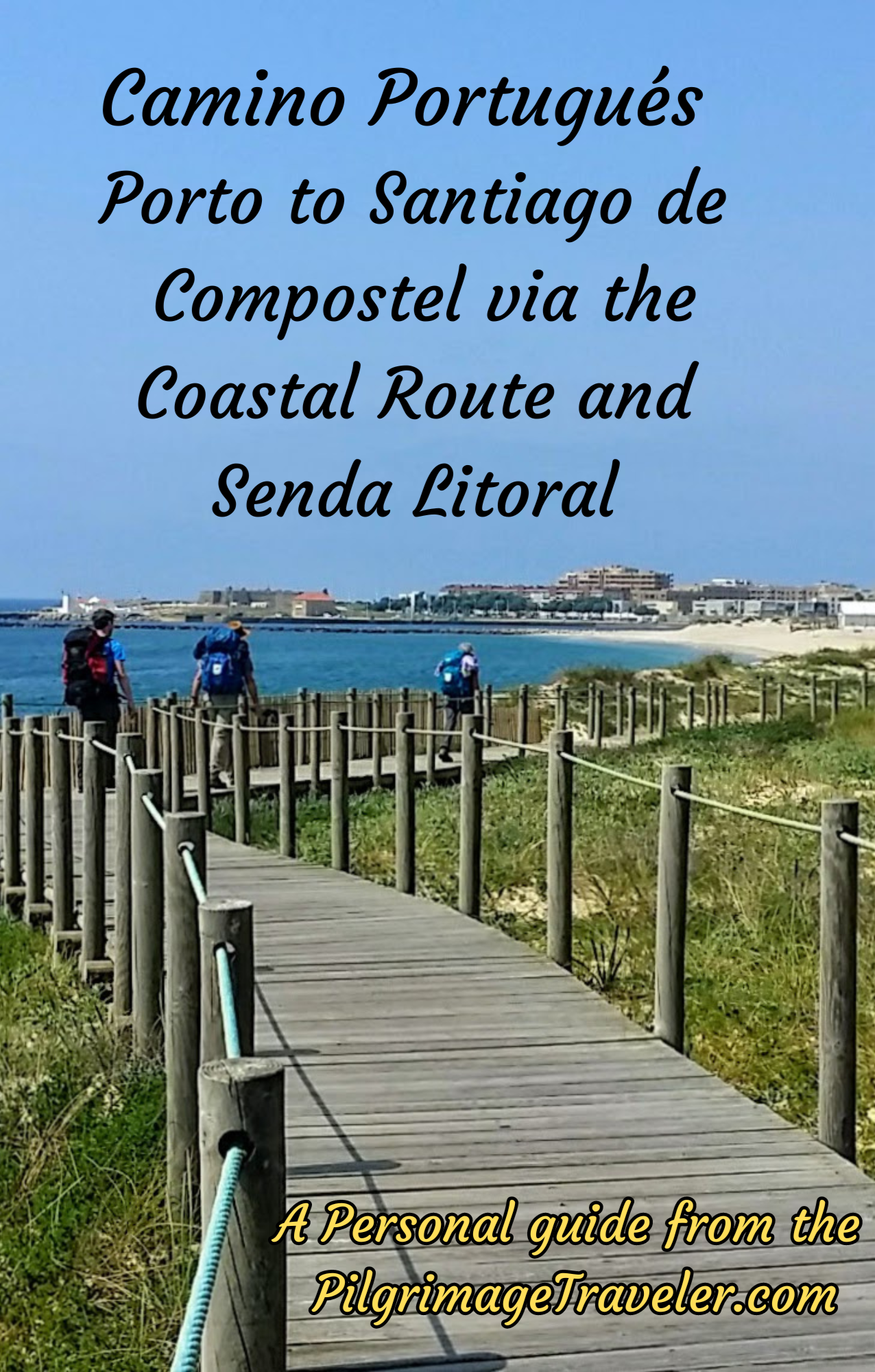
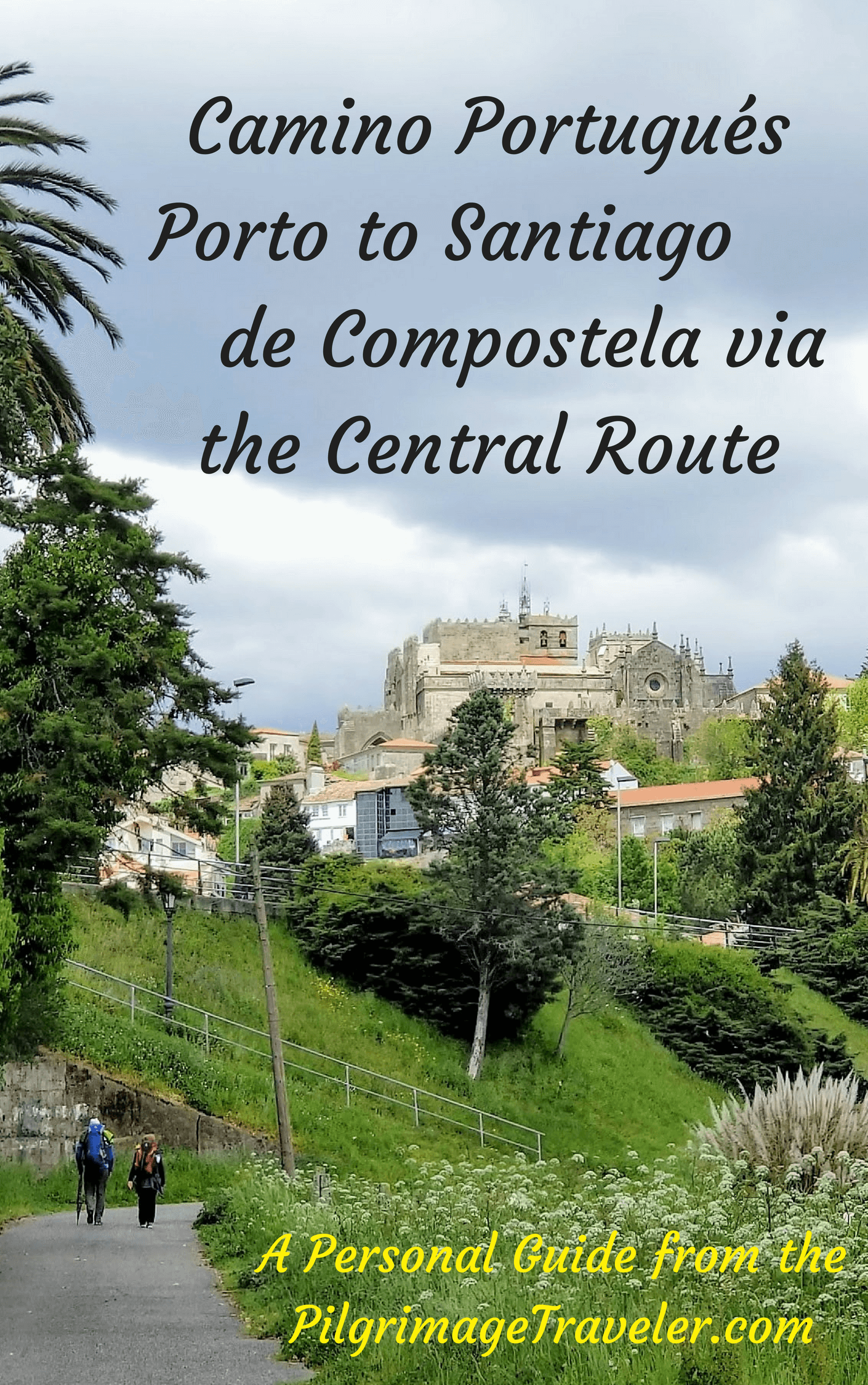
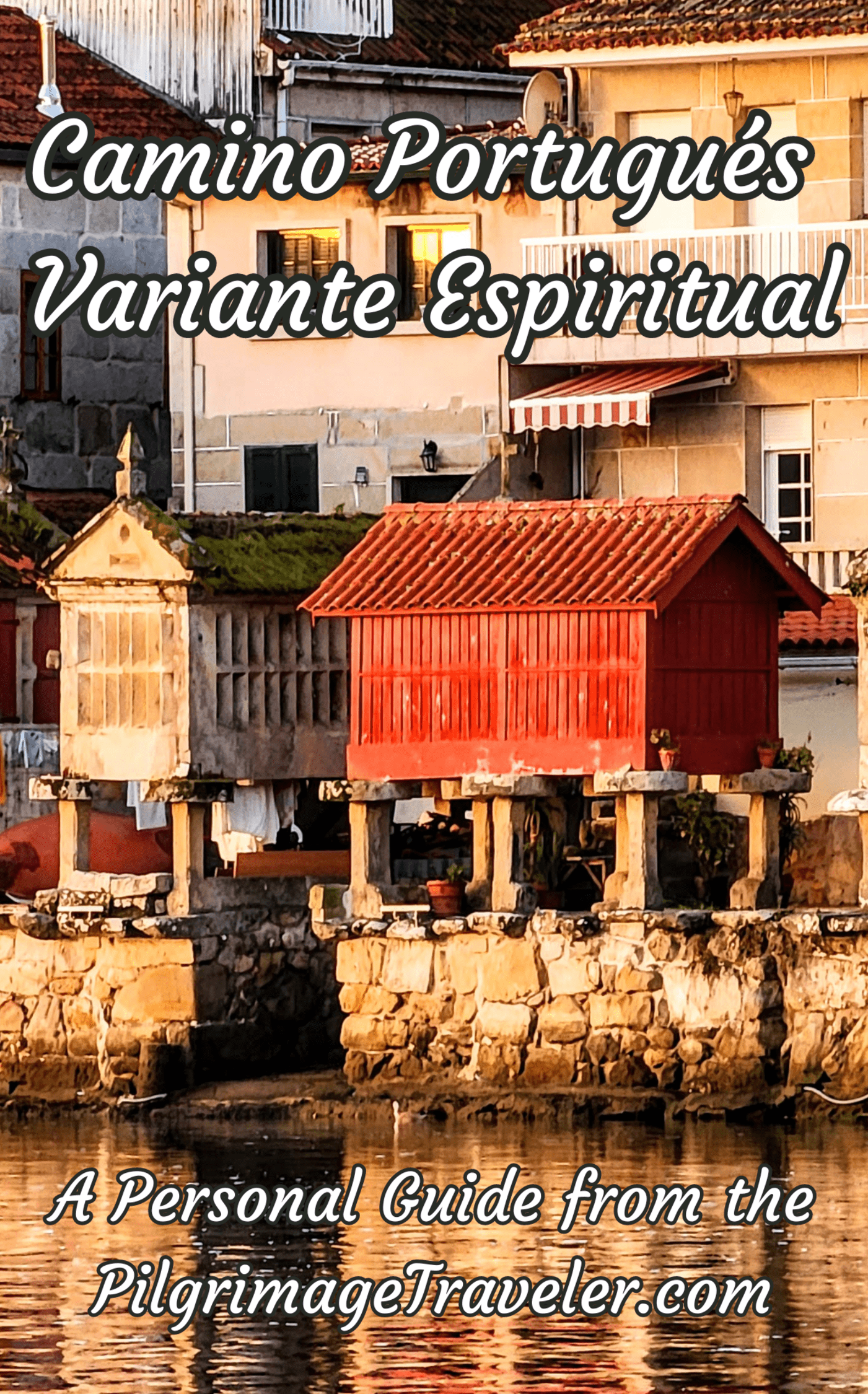






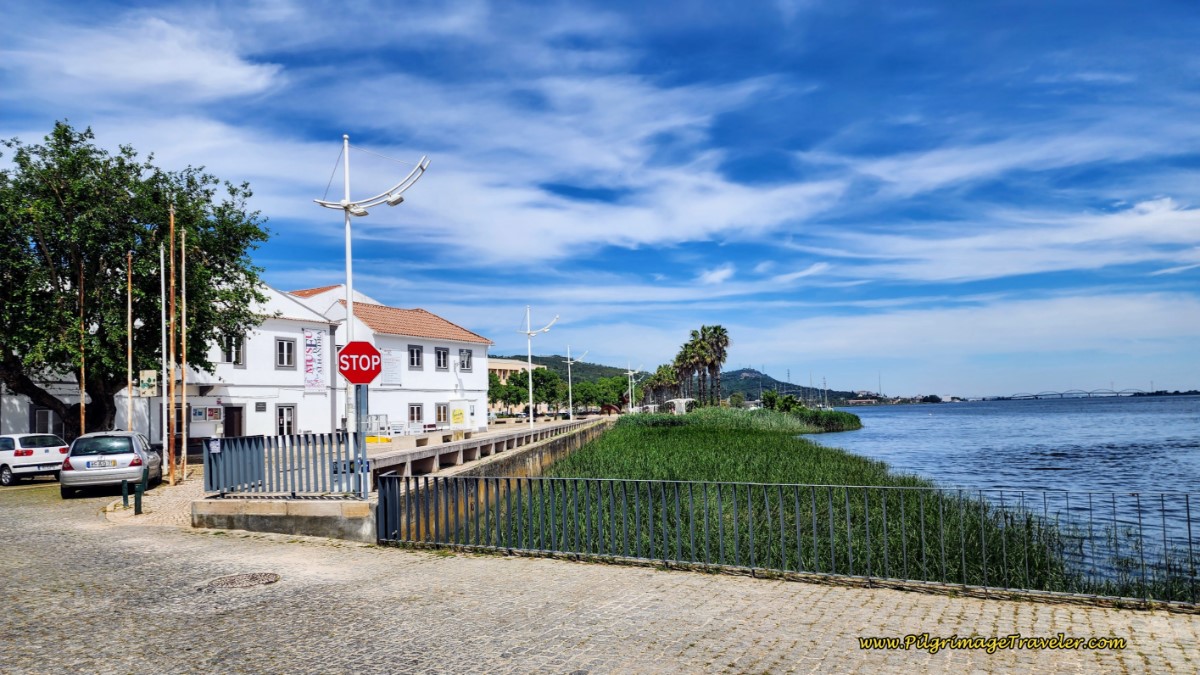









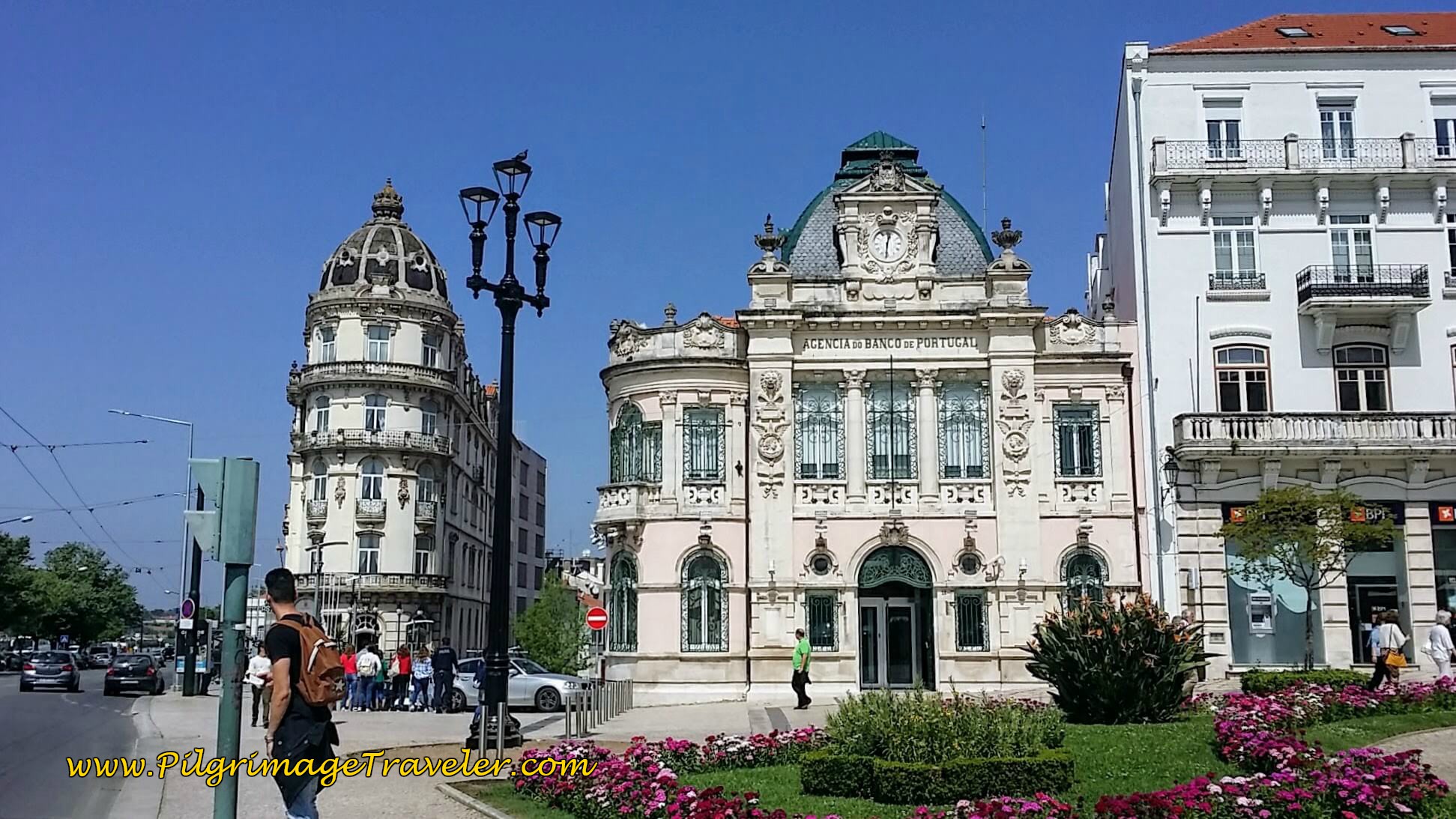






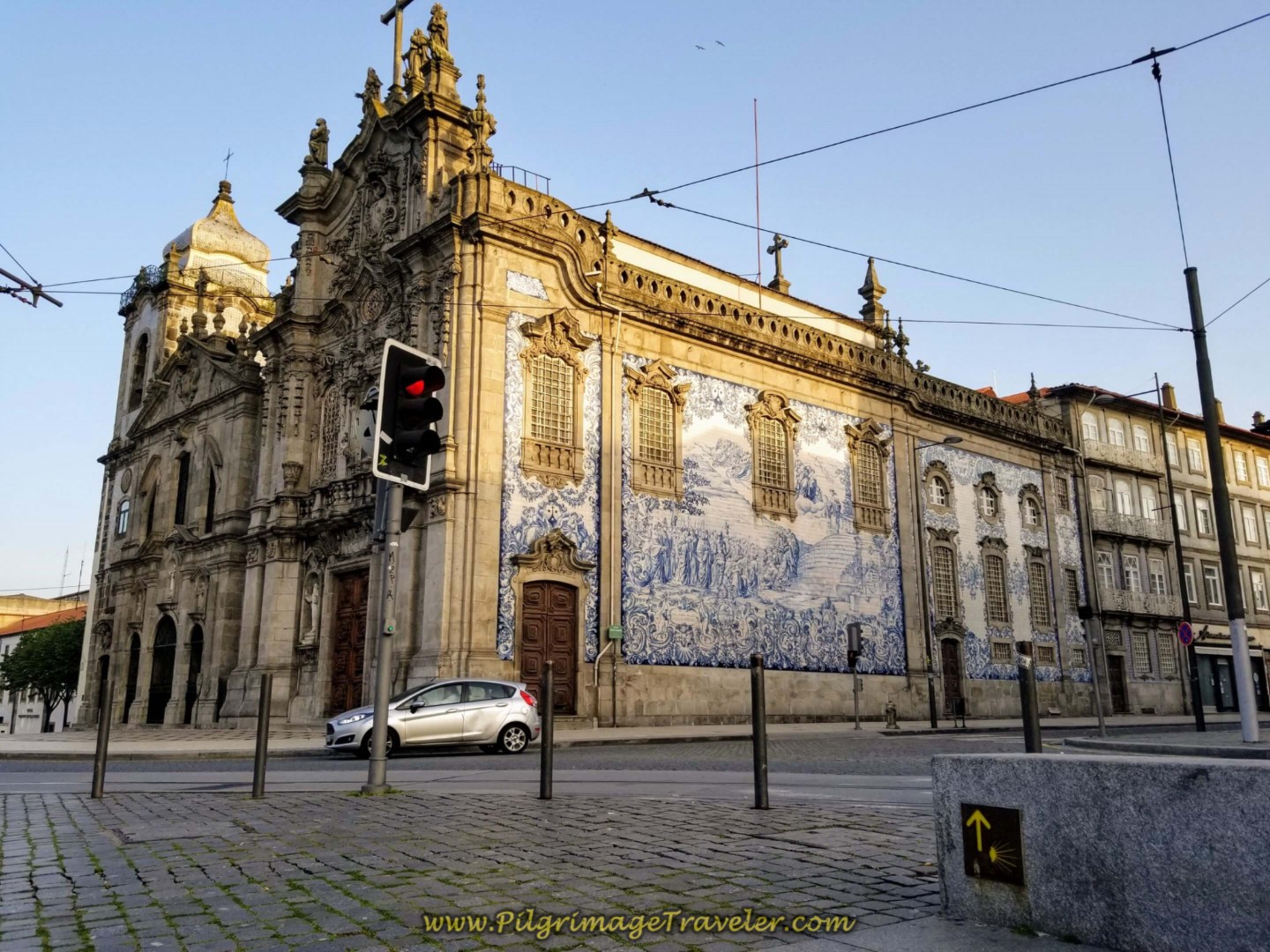








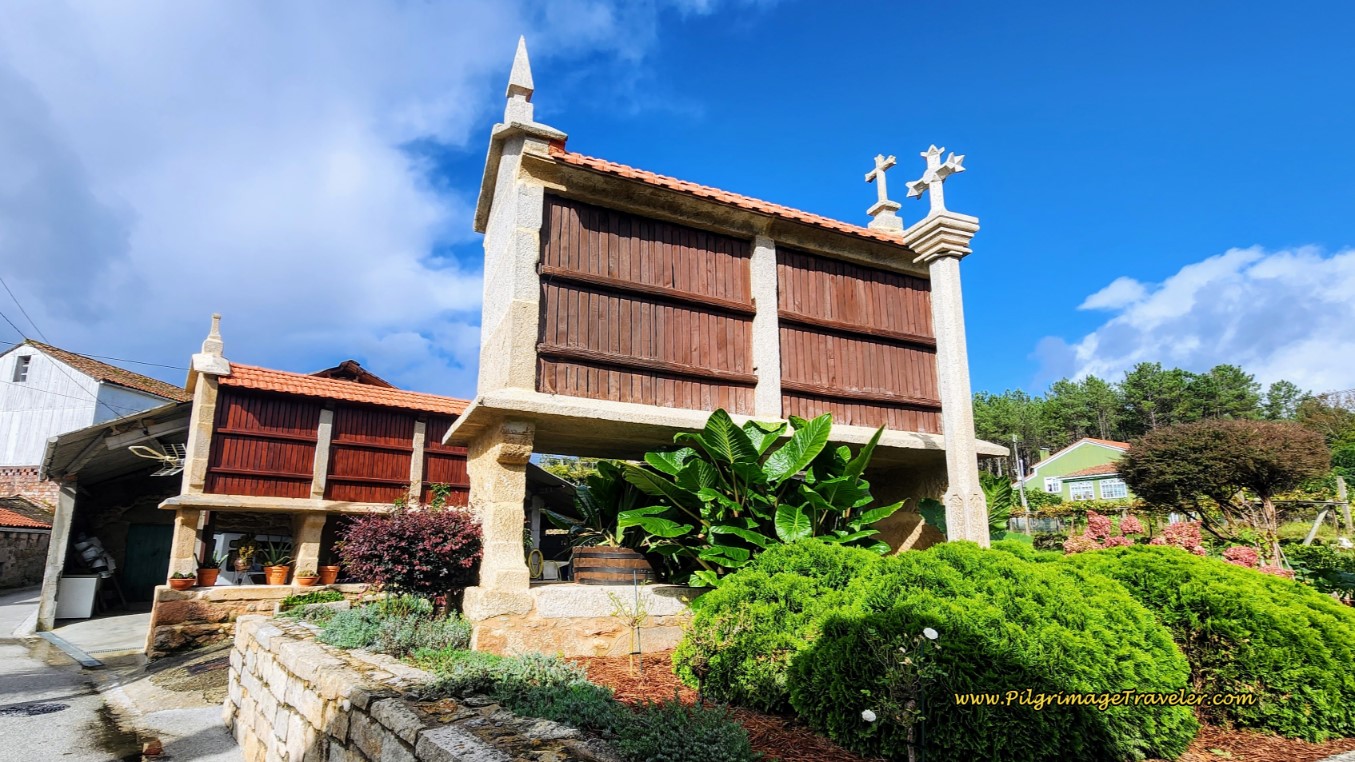

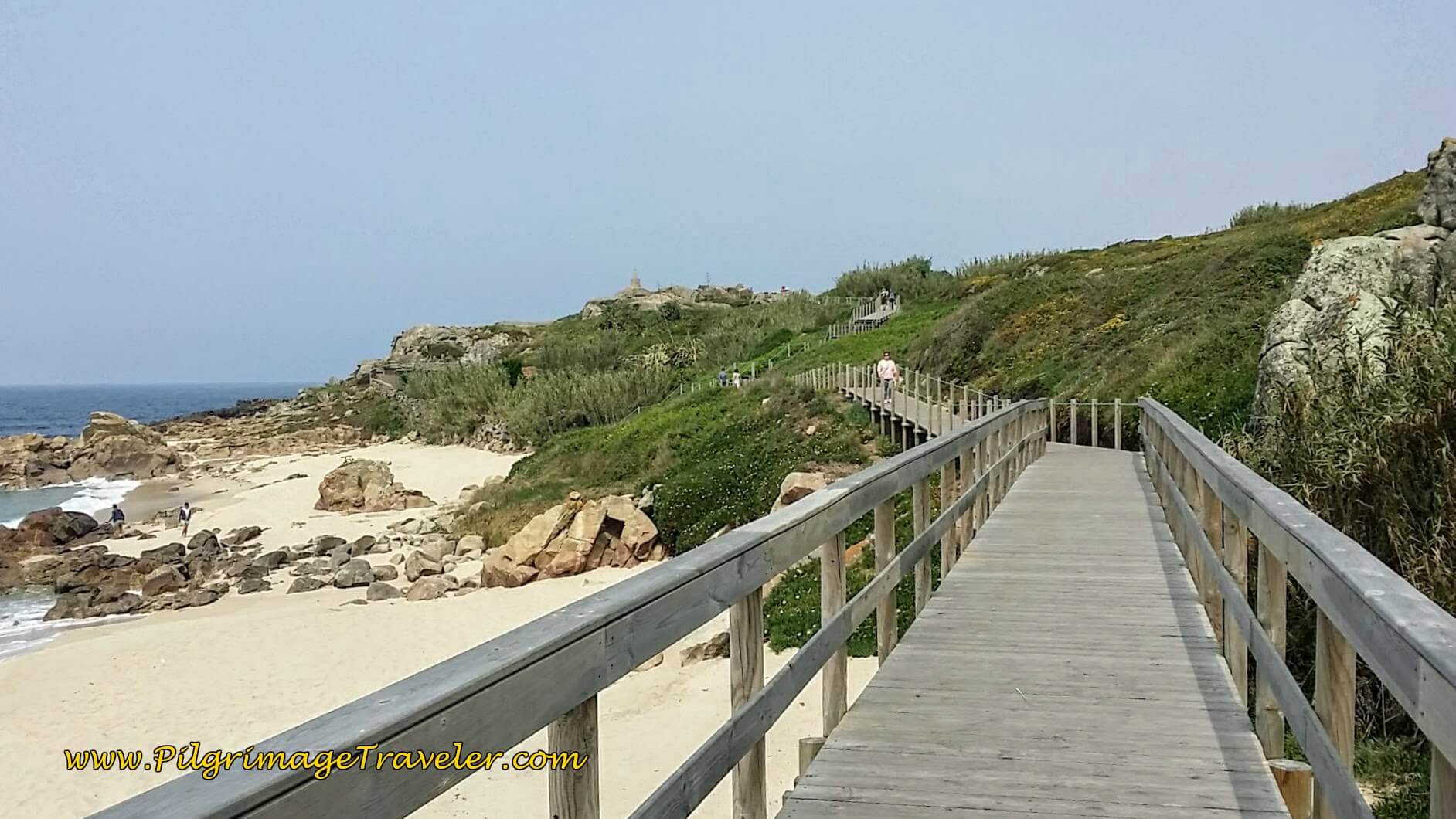

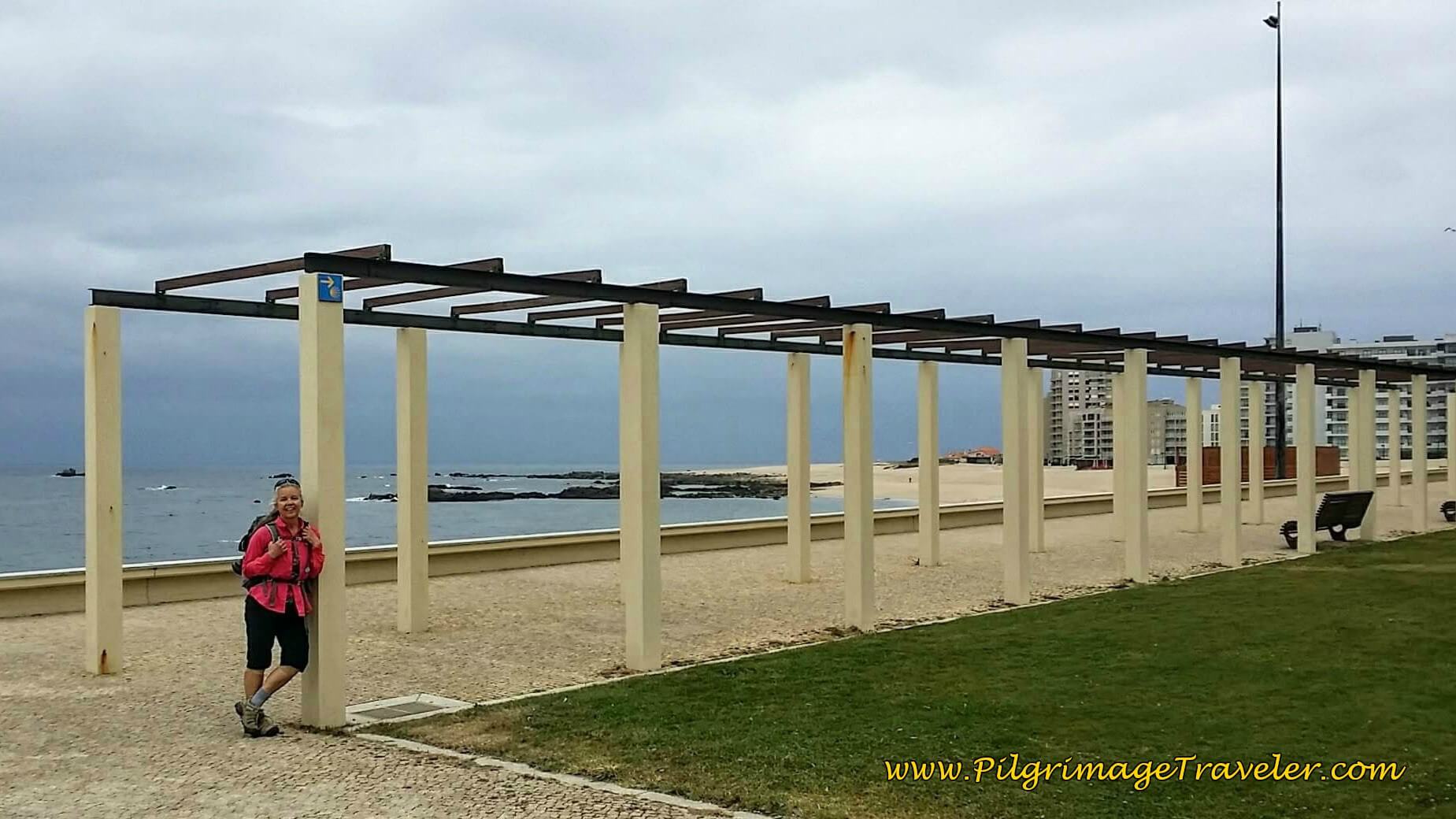

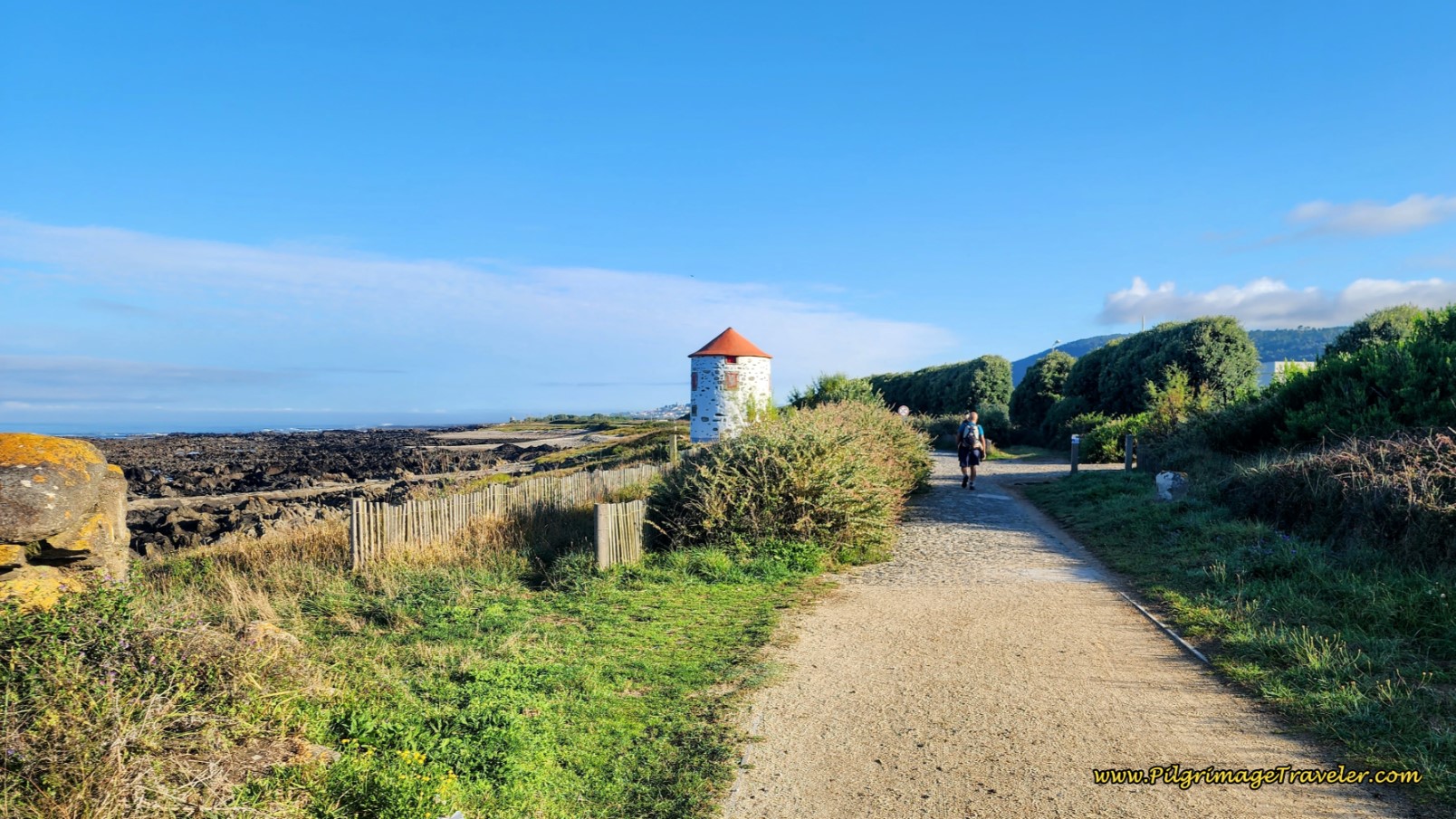









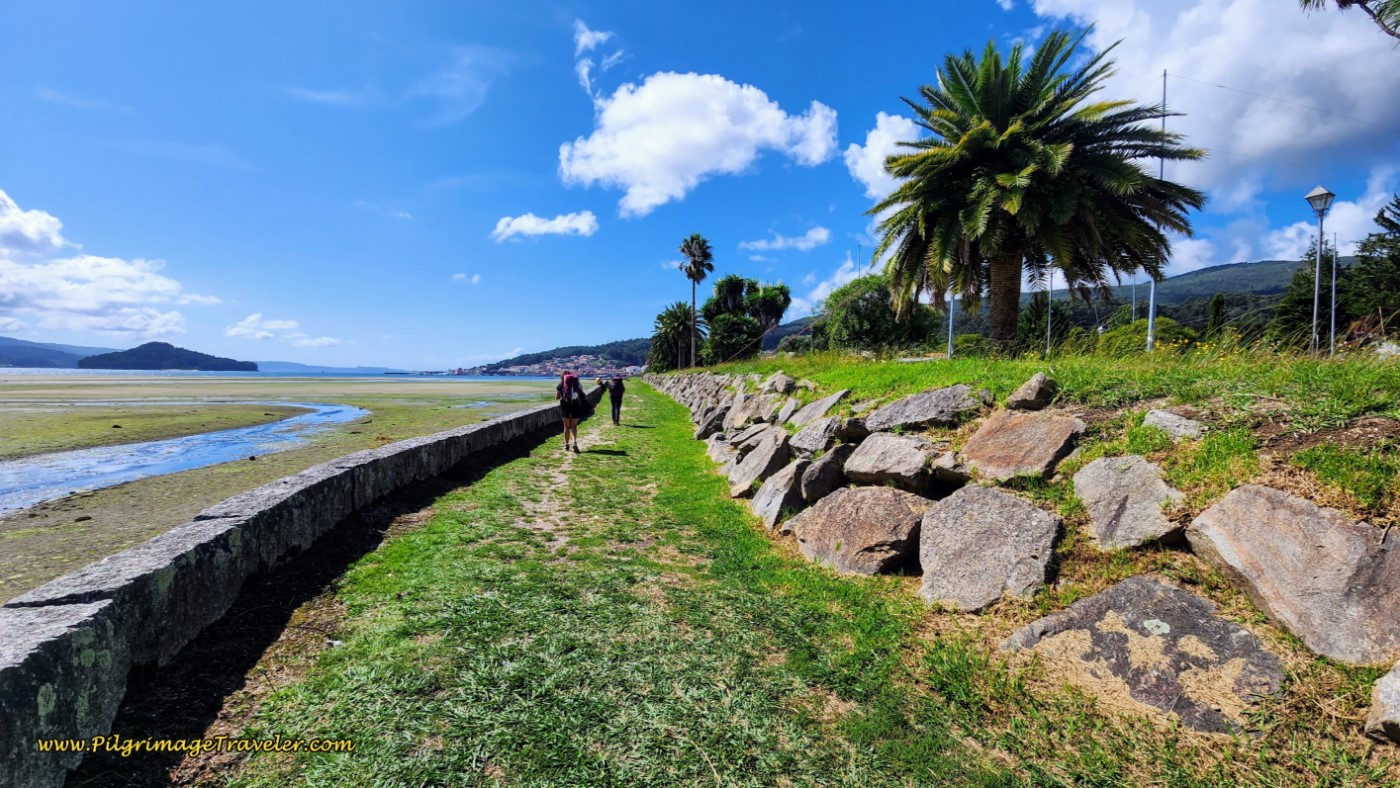
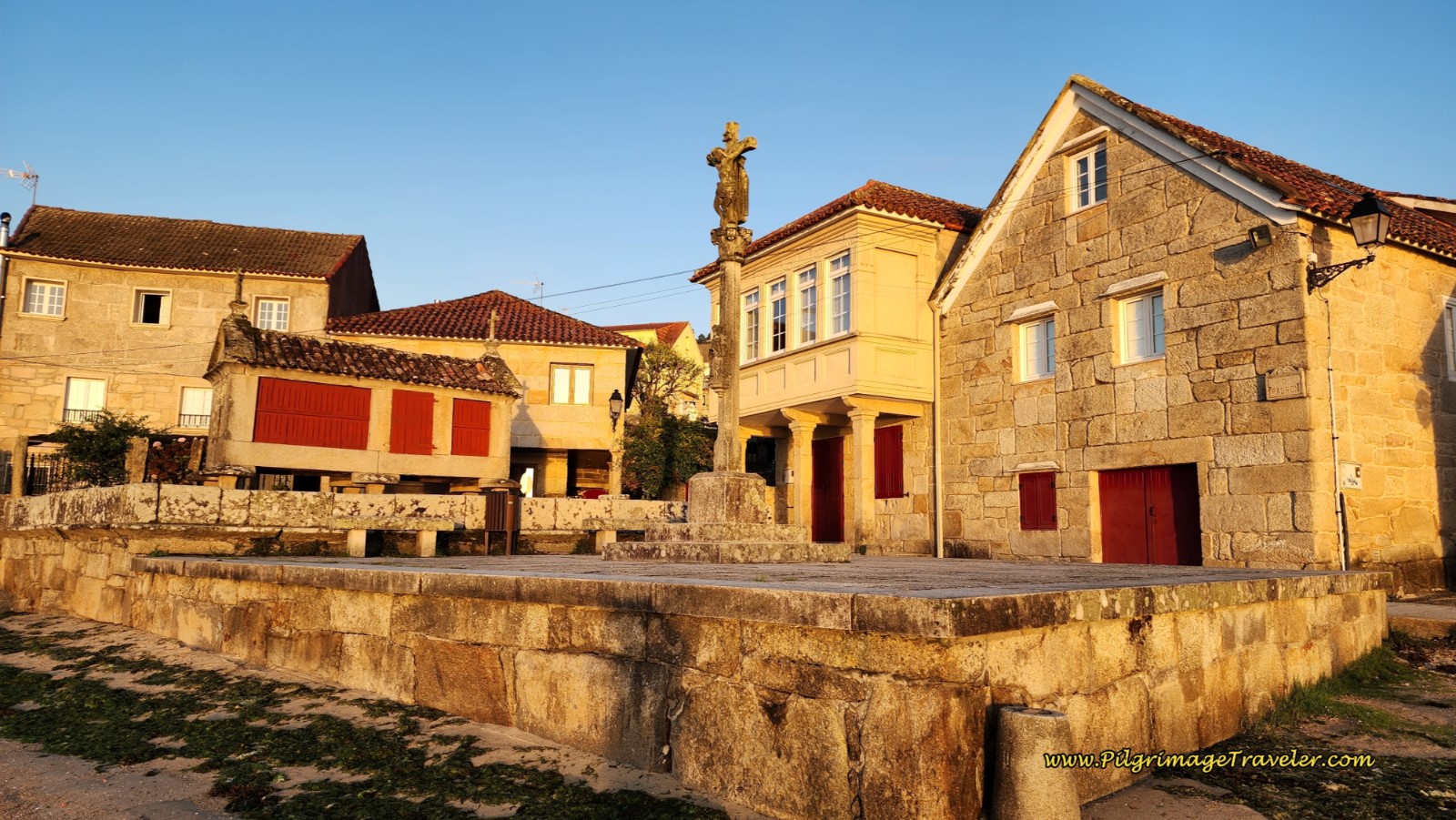



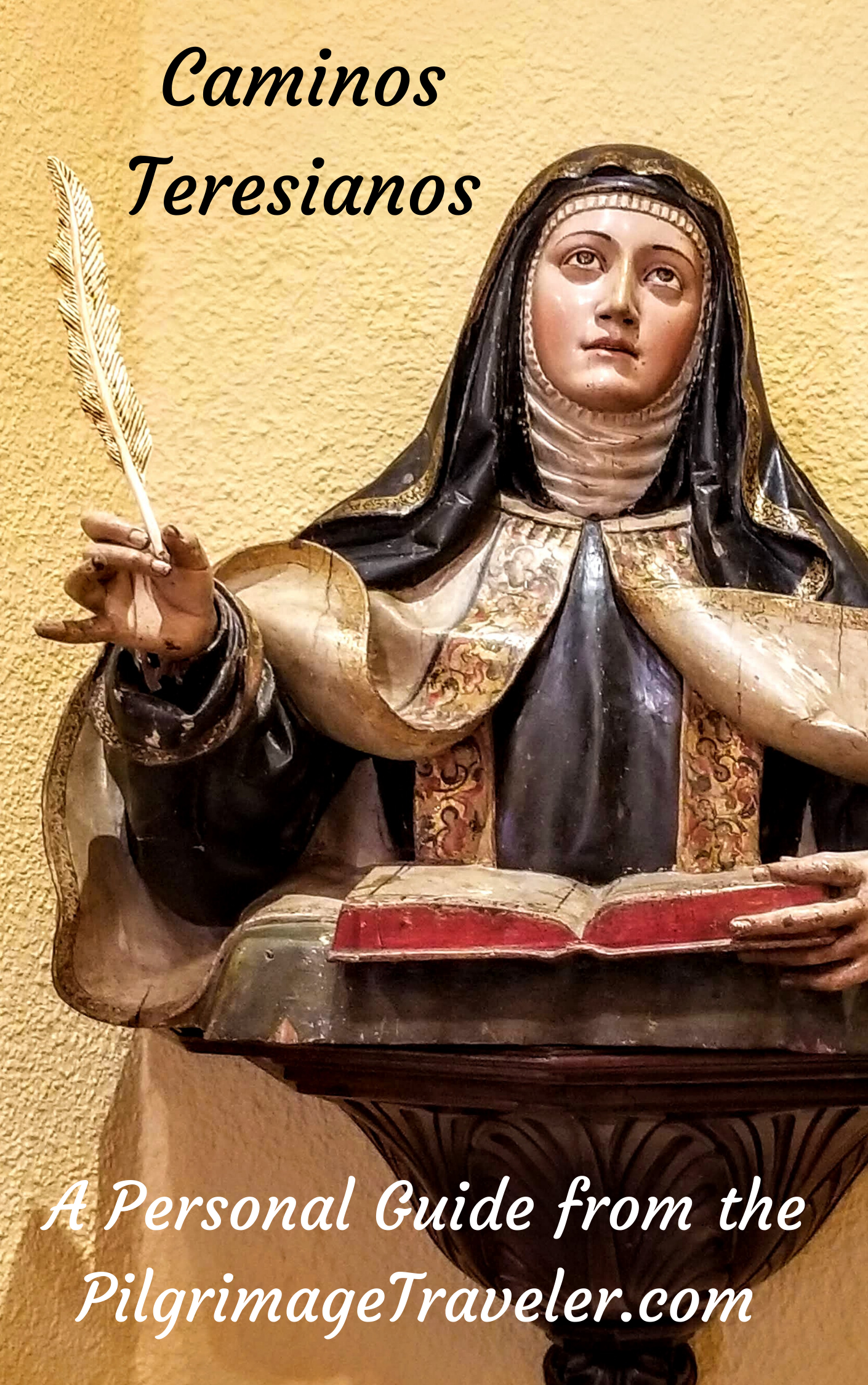
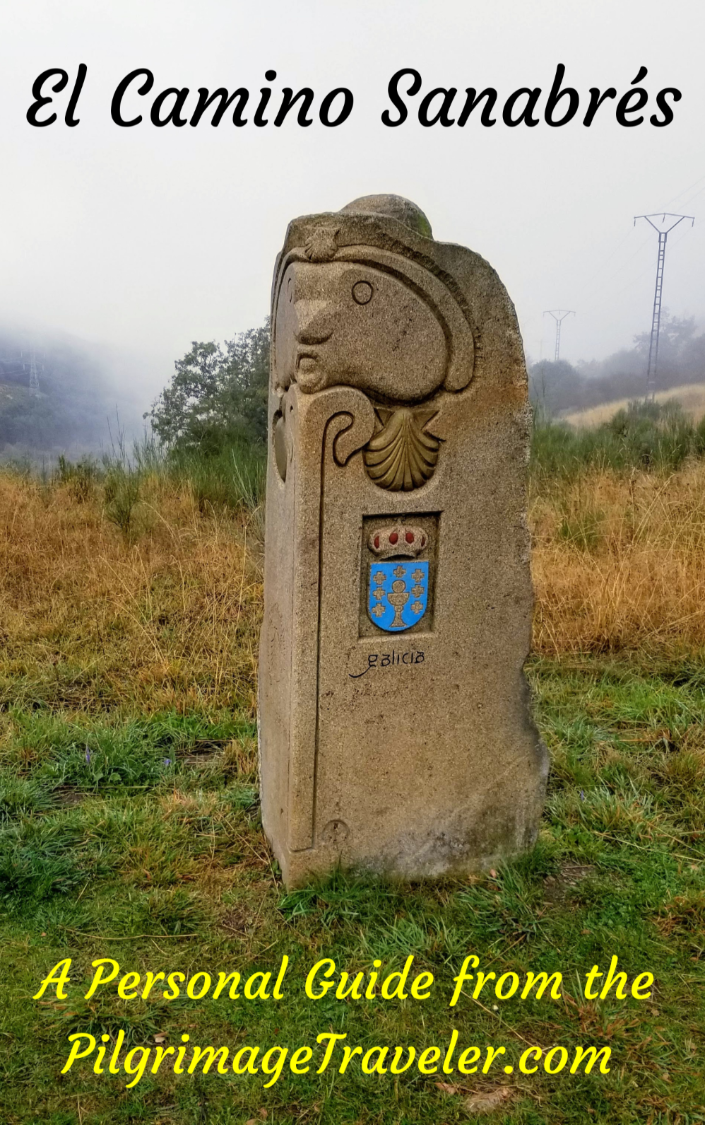
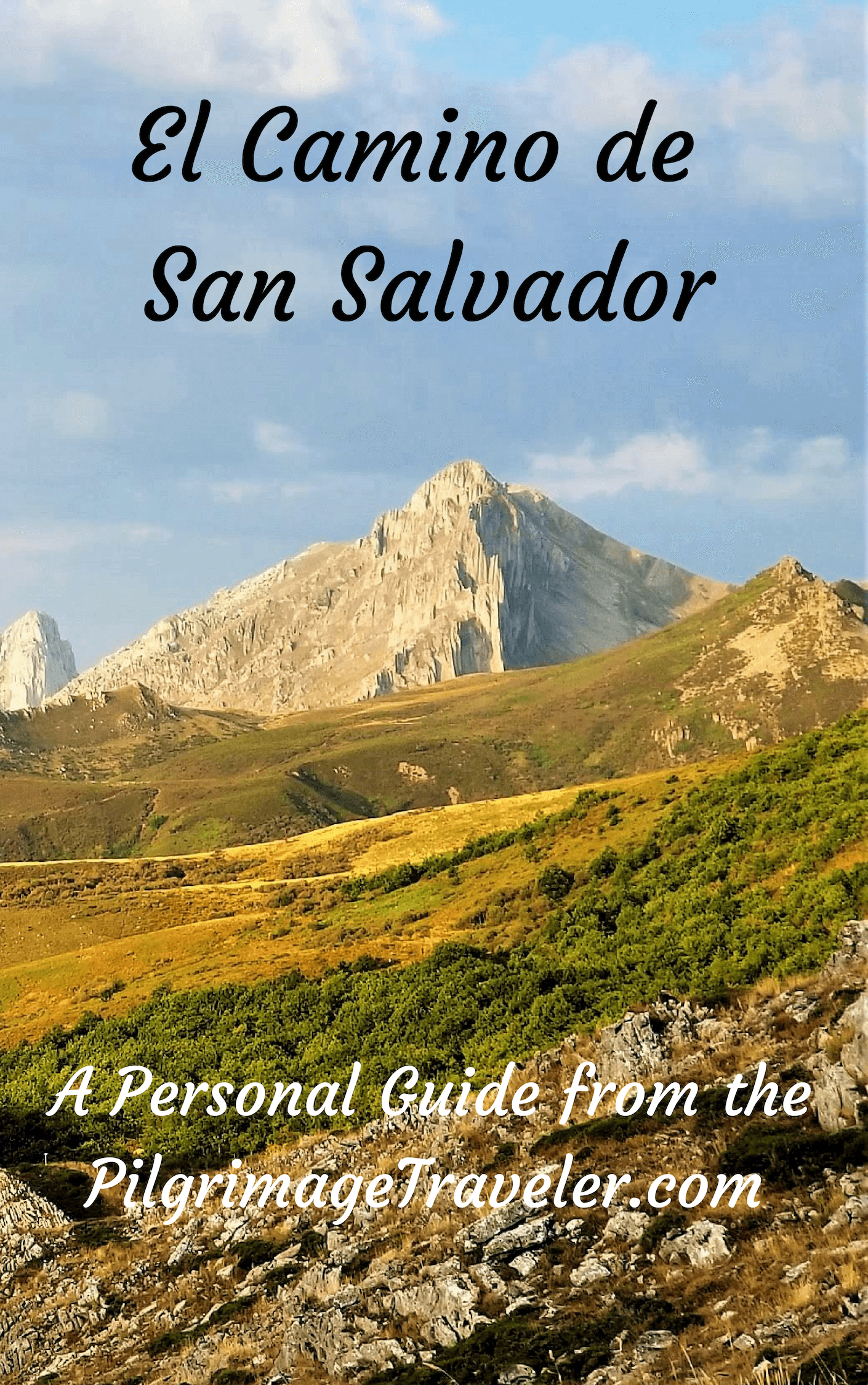
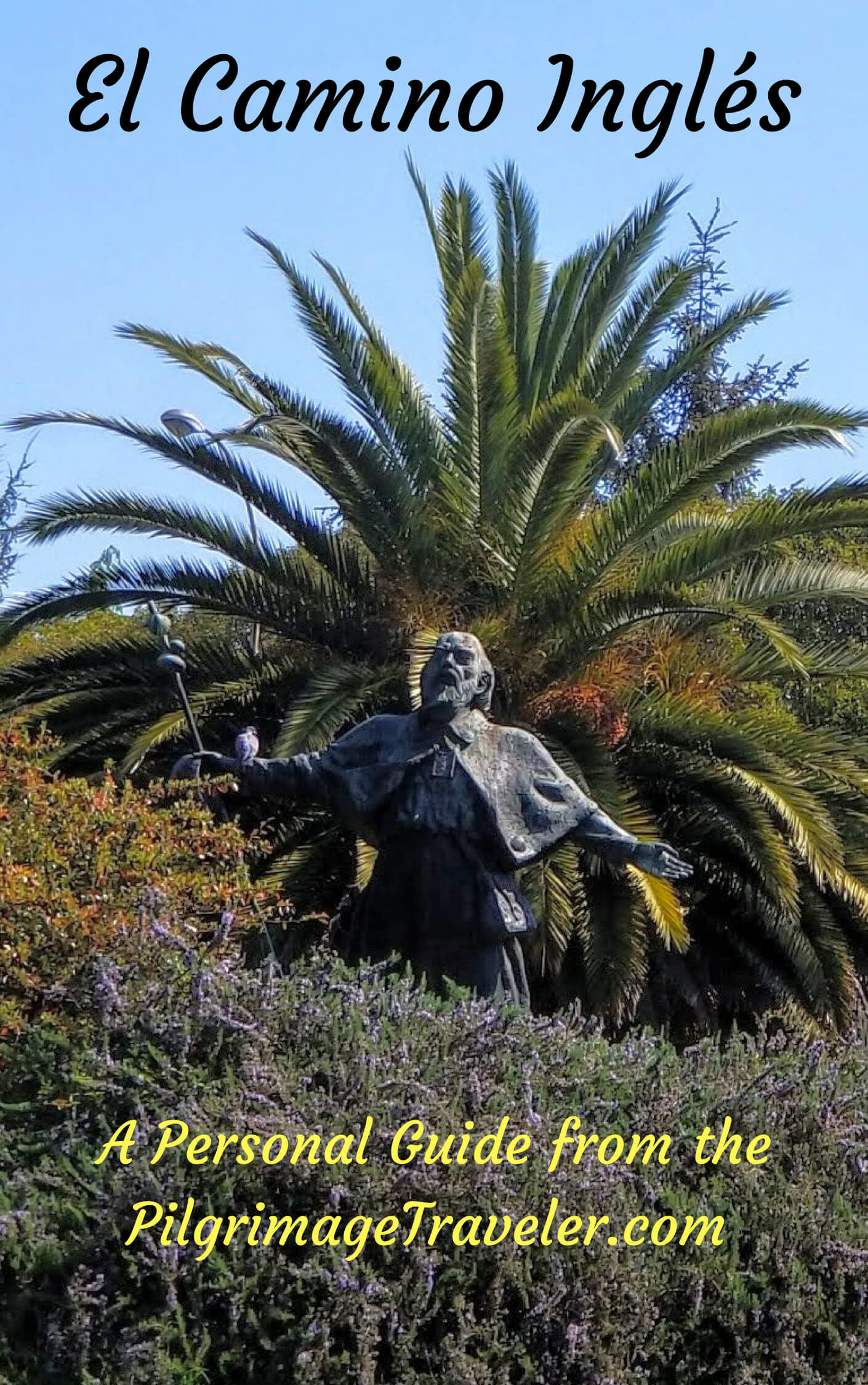
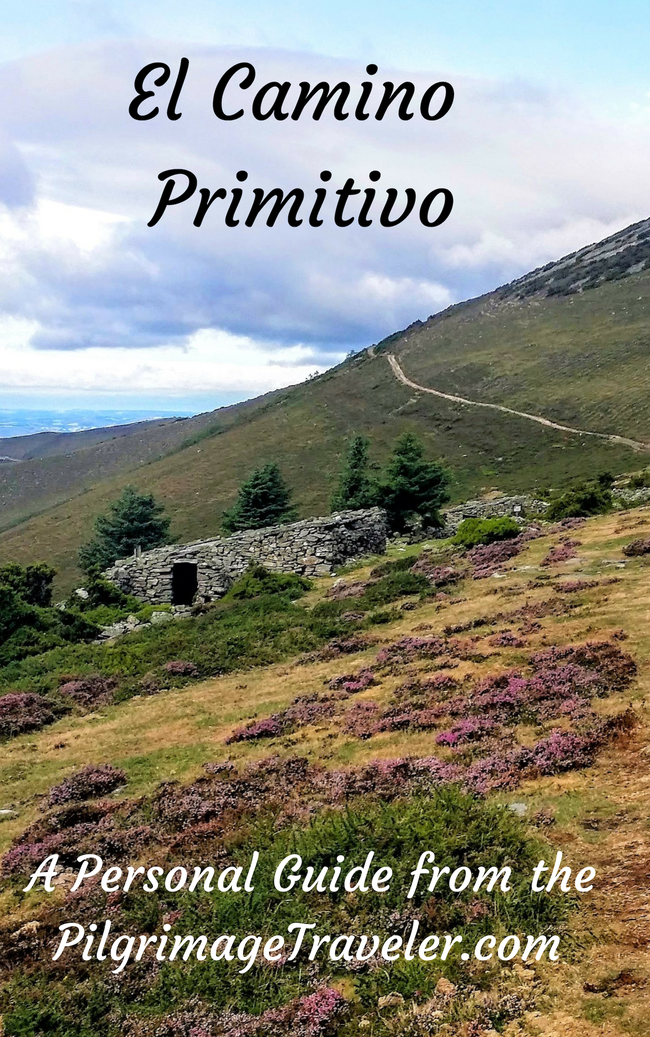
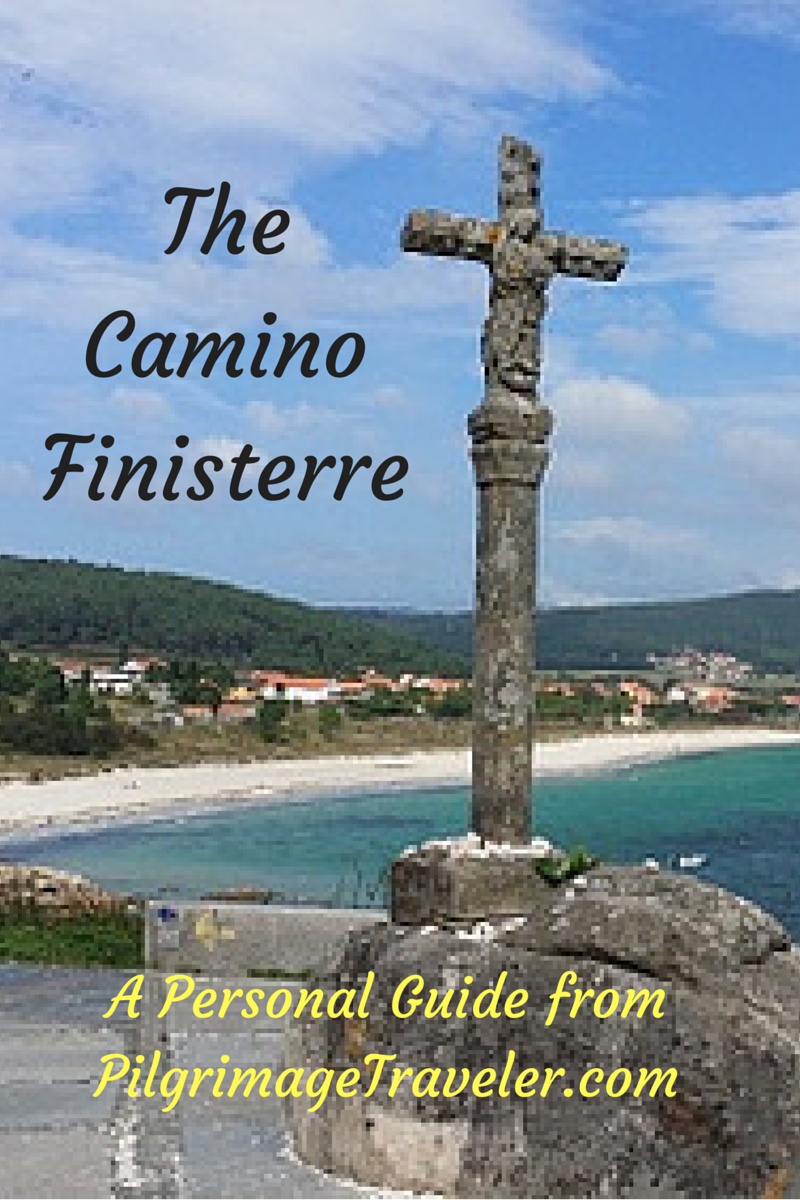
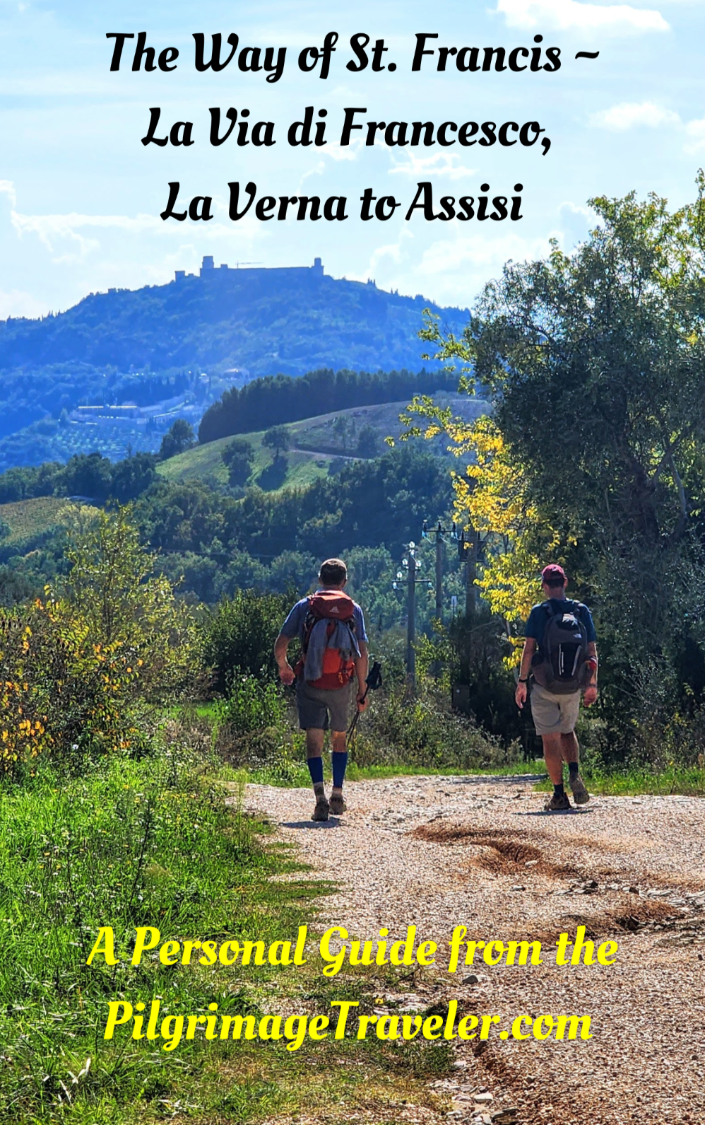
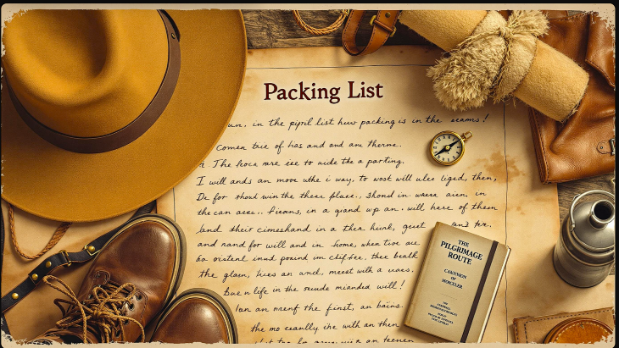
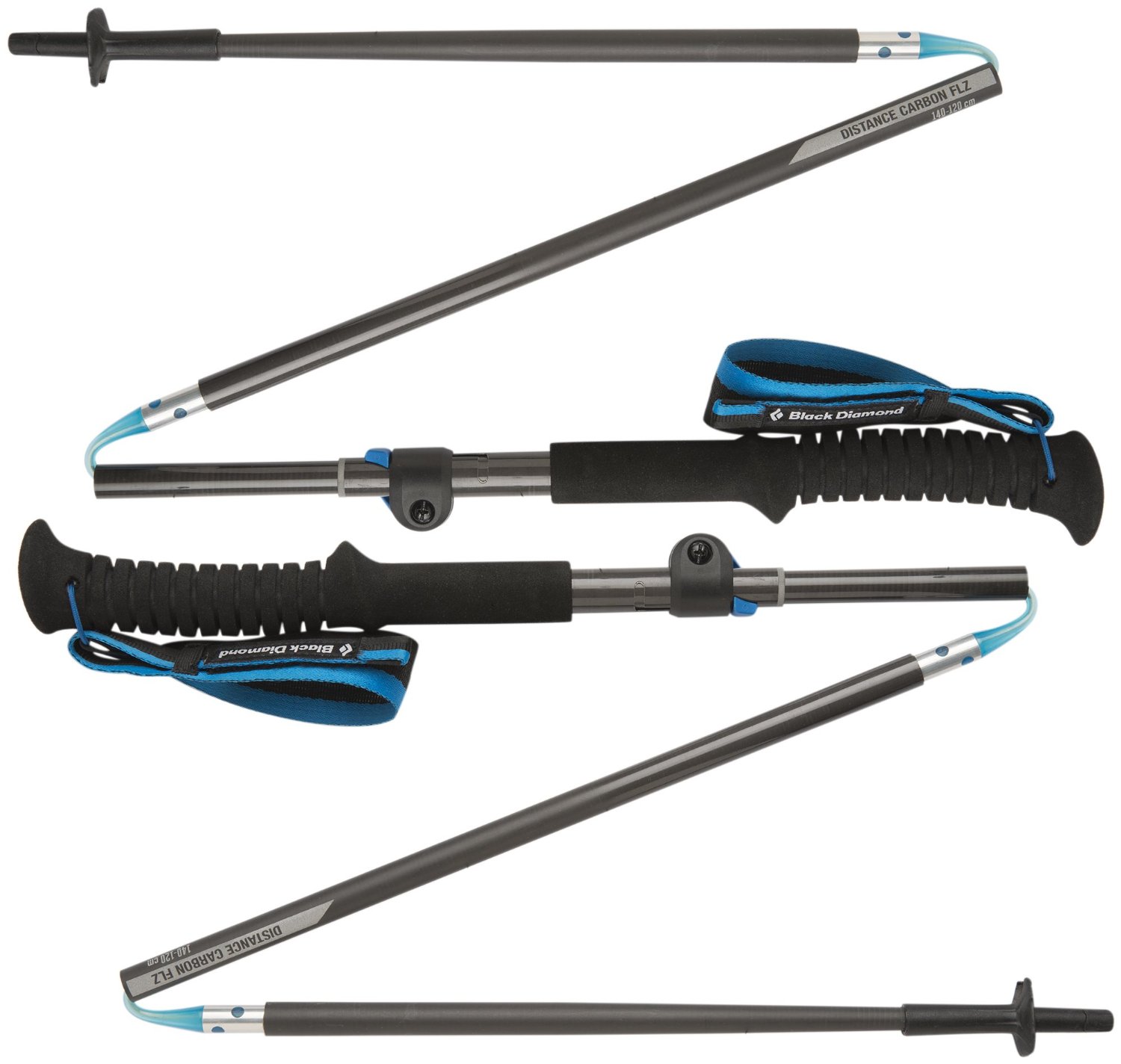
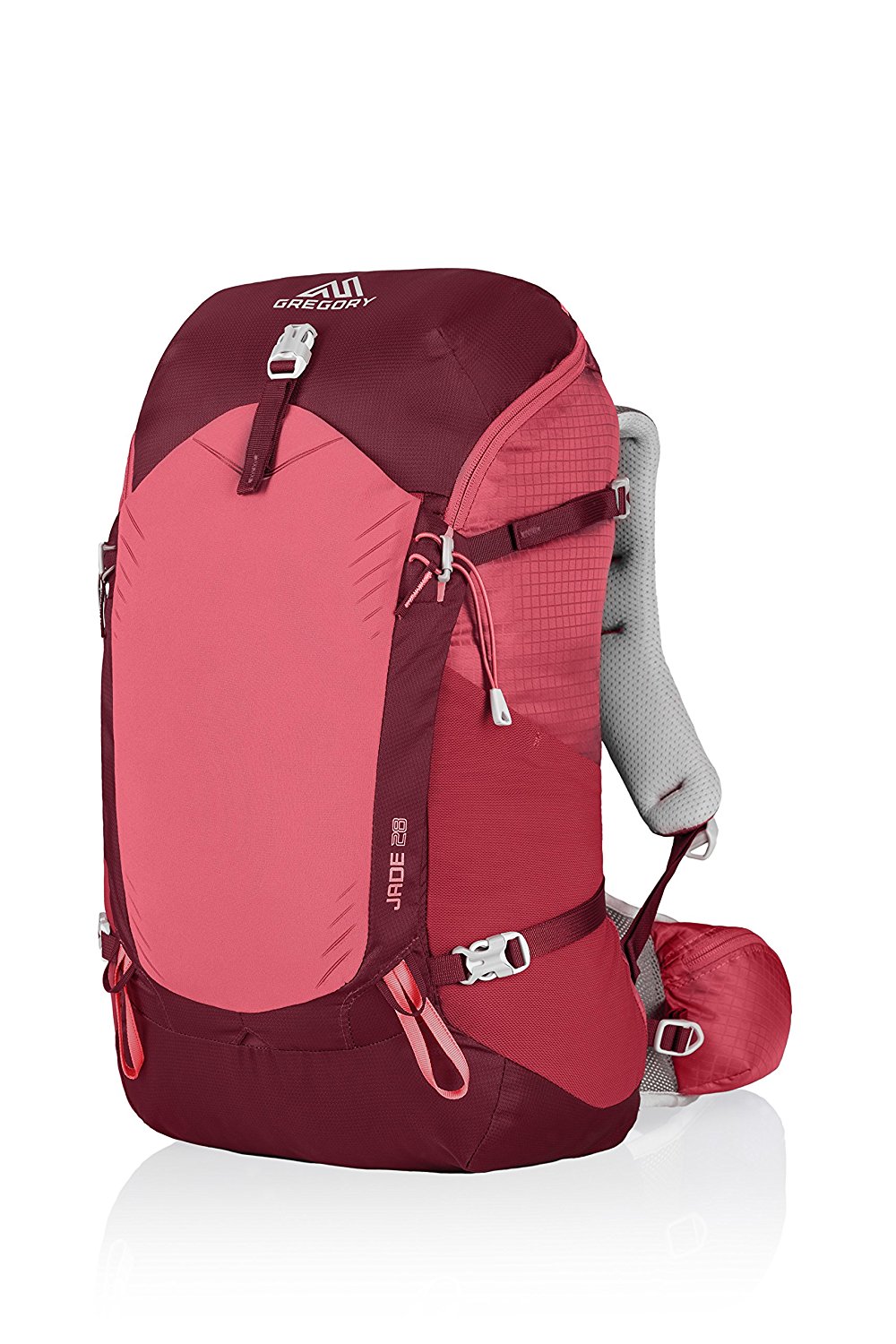
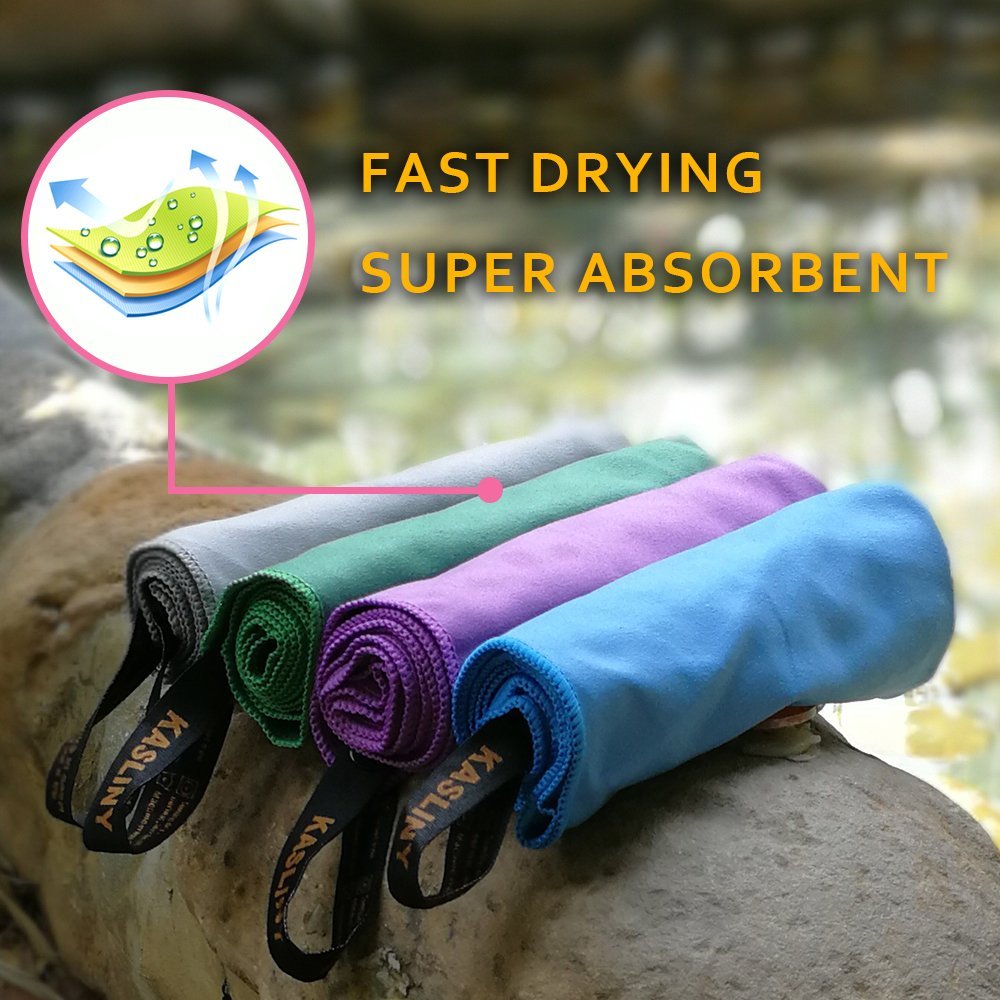
Your Opinion Matters! Comments
Have you had a similar experience, have some advice to give, or have something else you'd like to share? We would love to hear from you! Please leave us a comment in the box below.